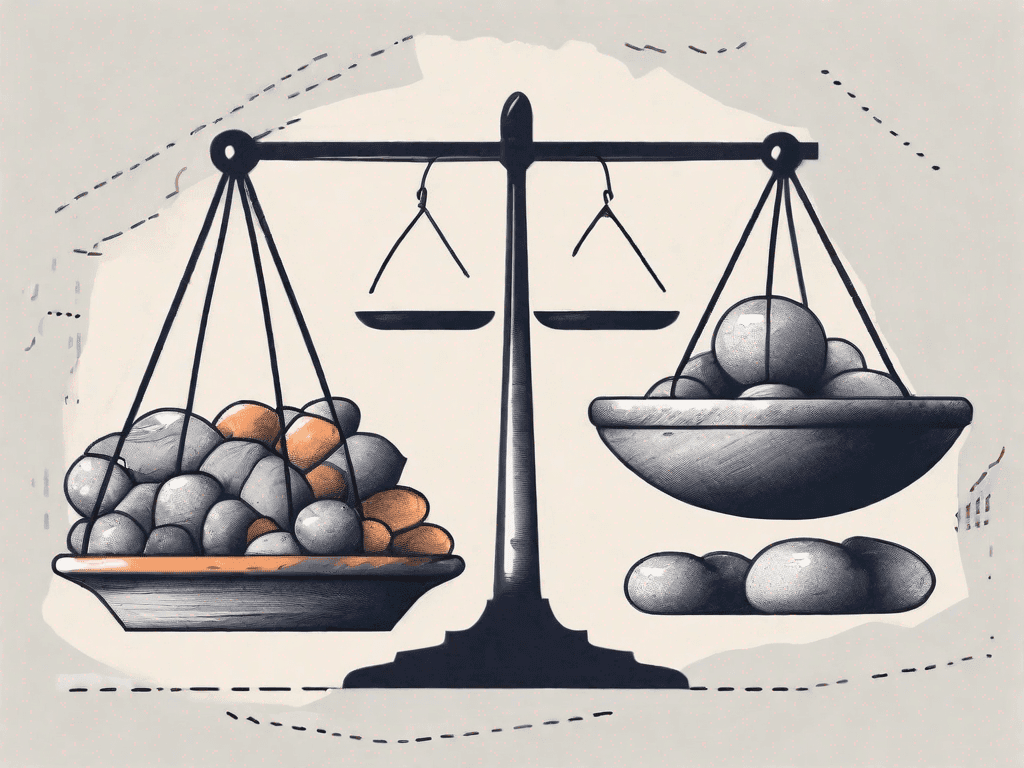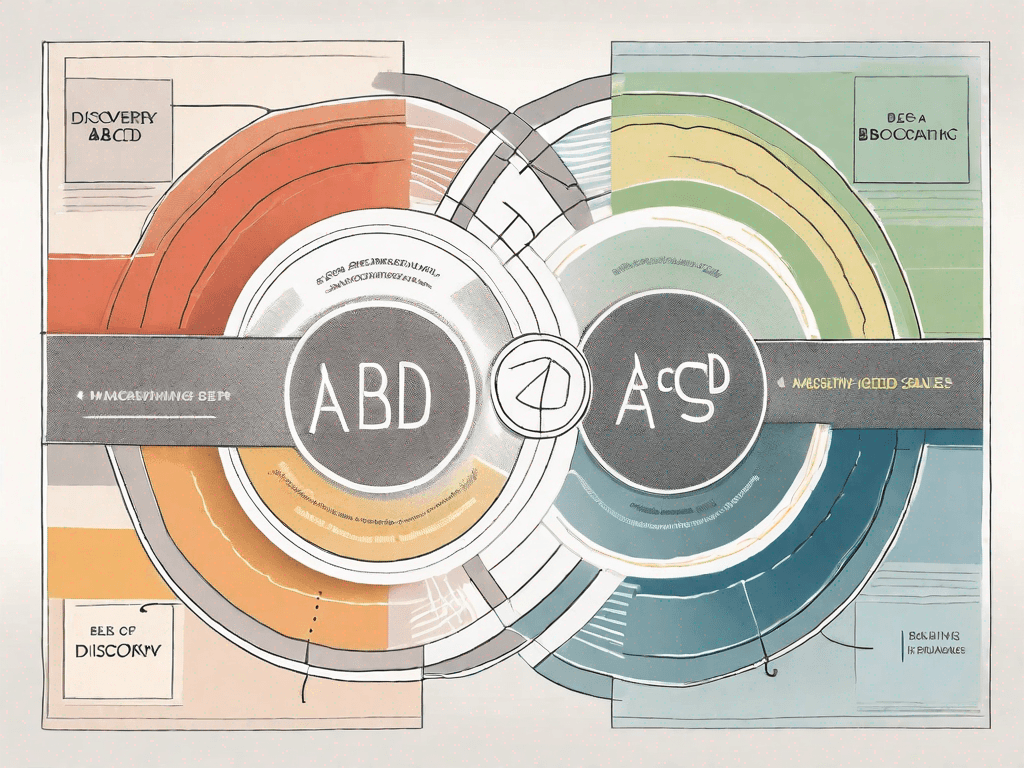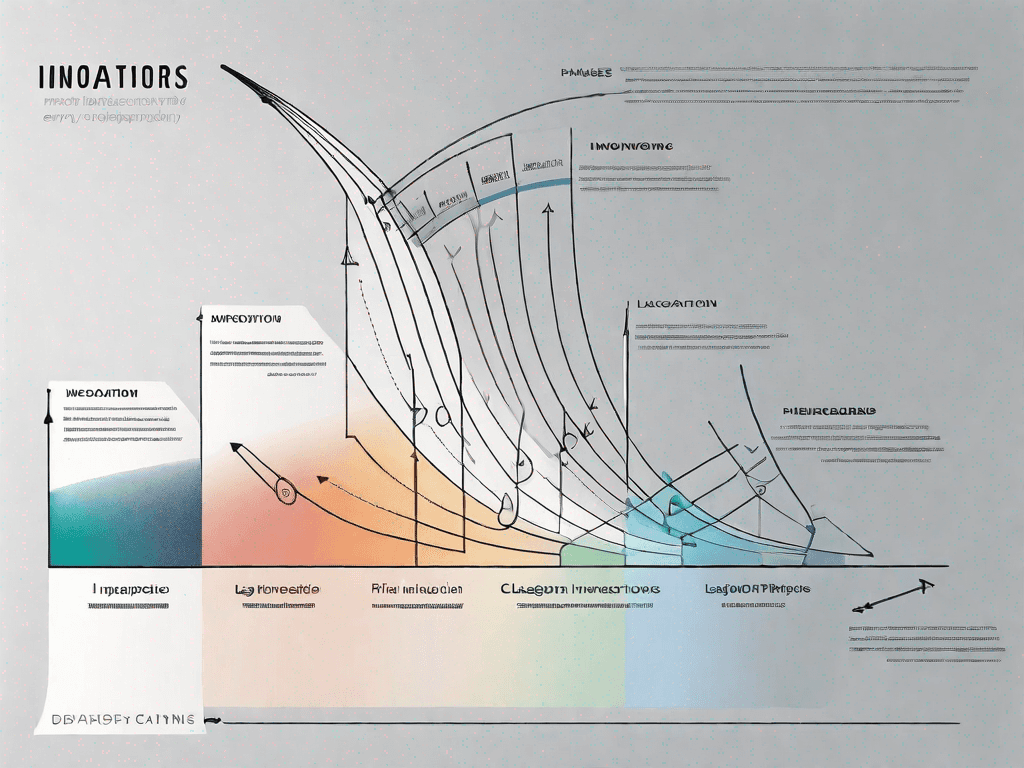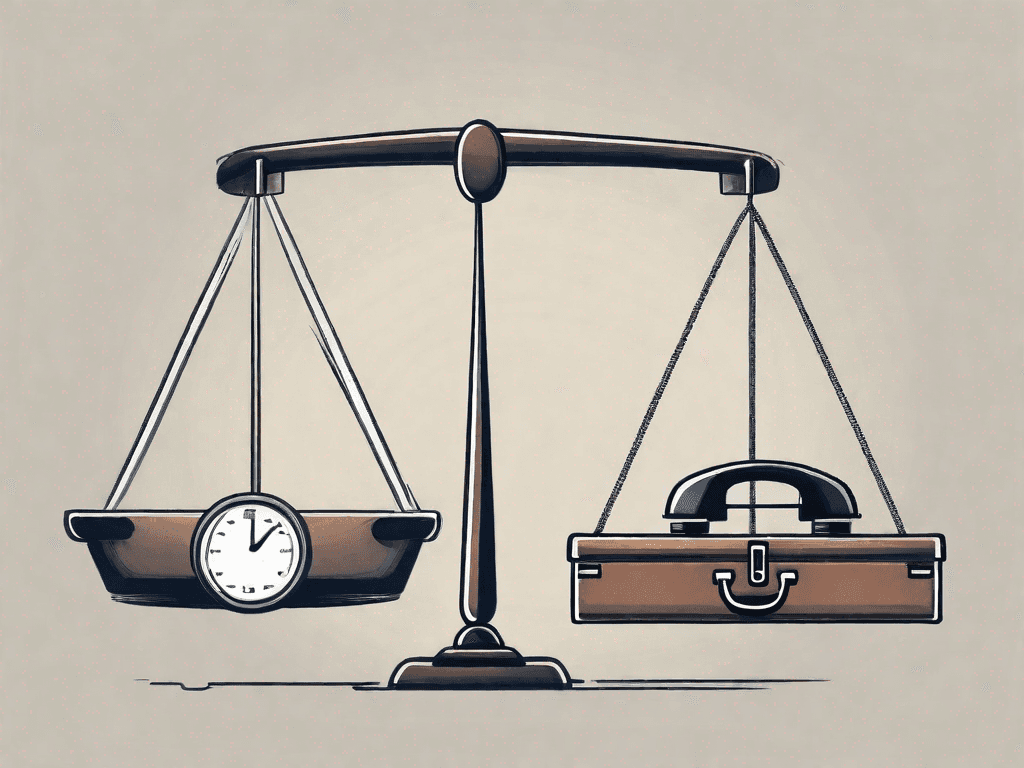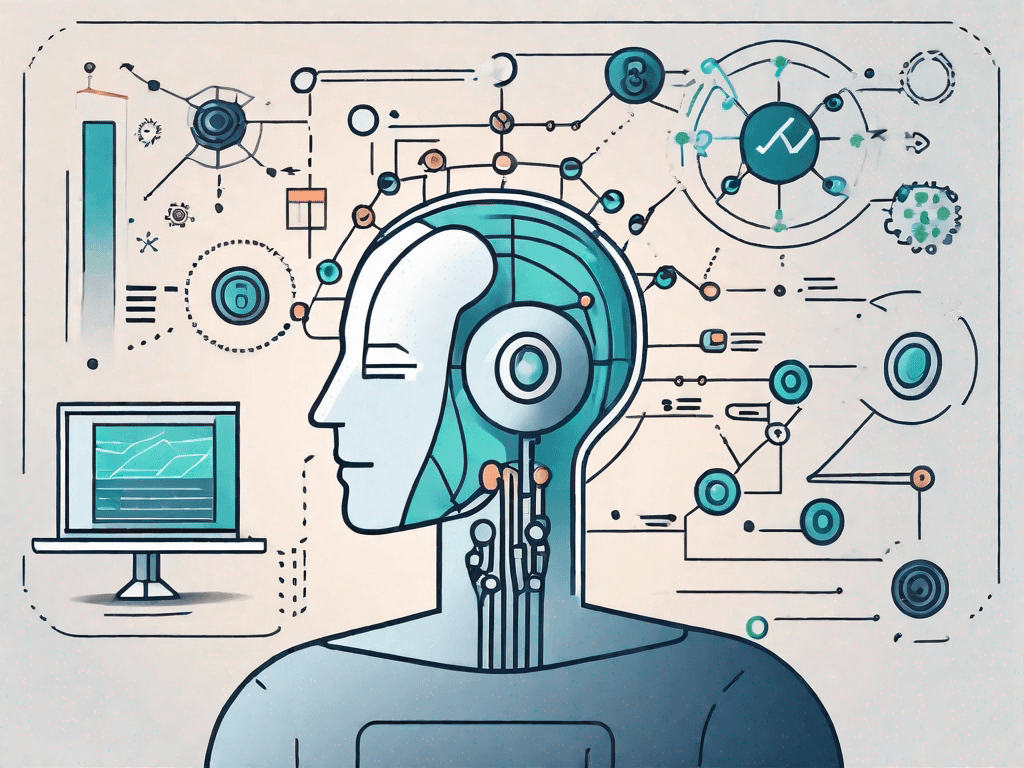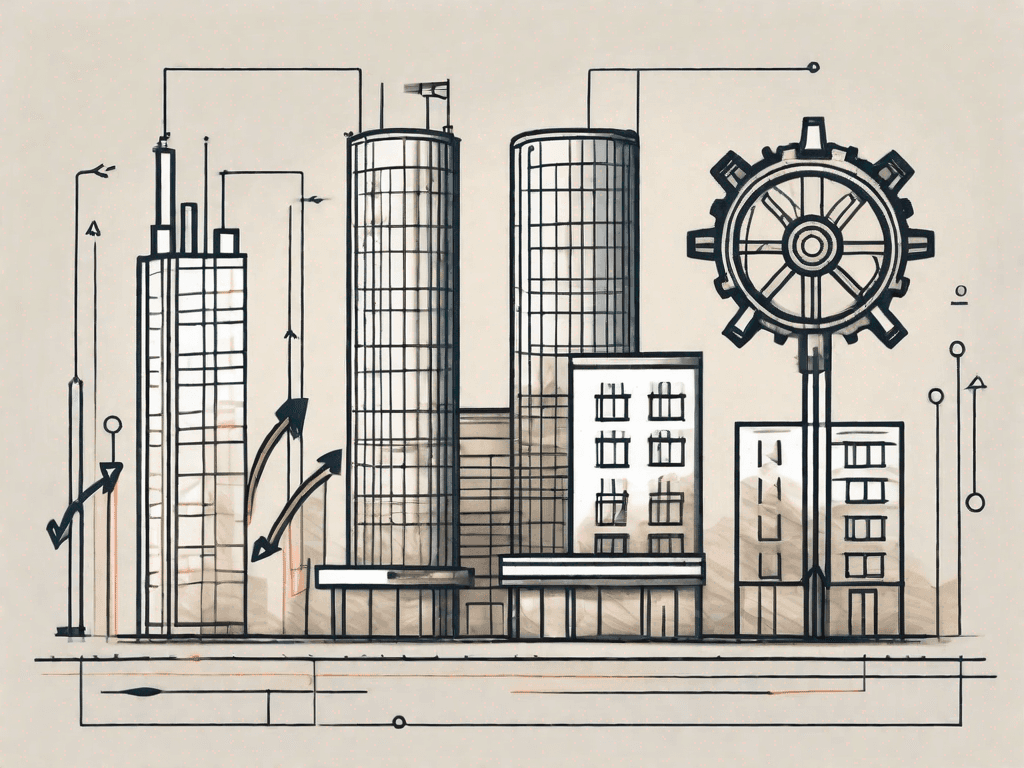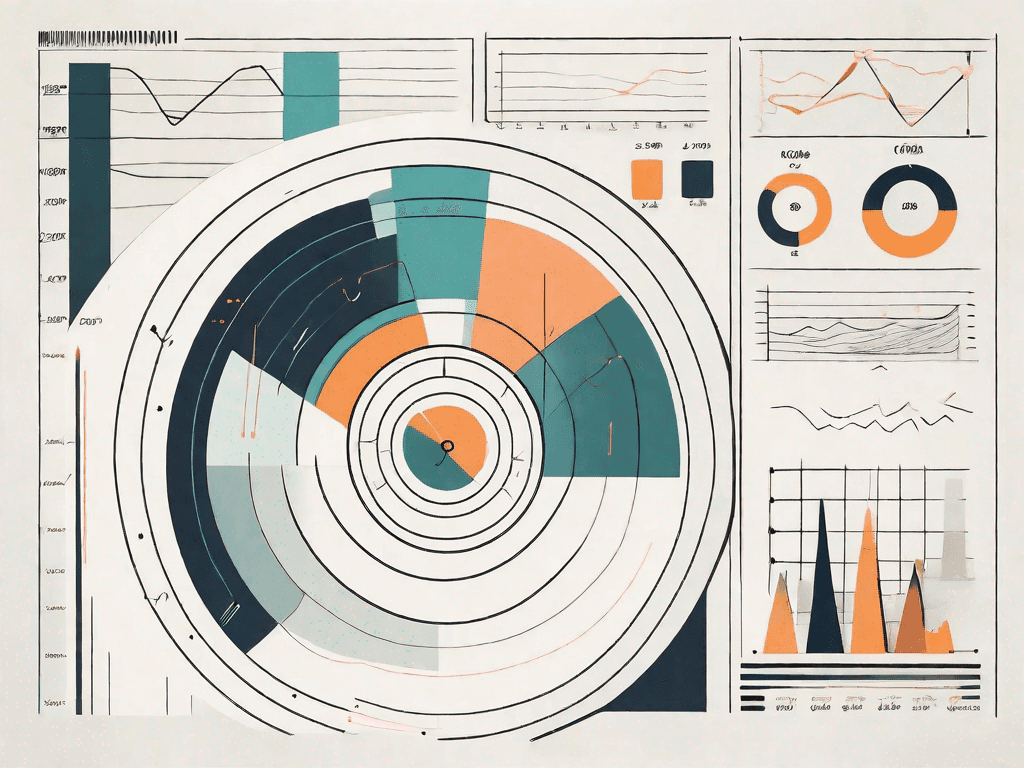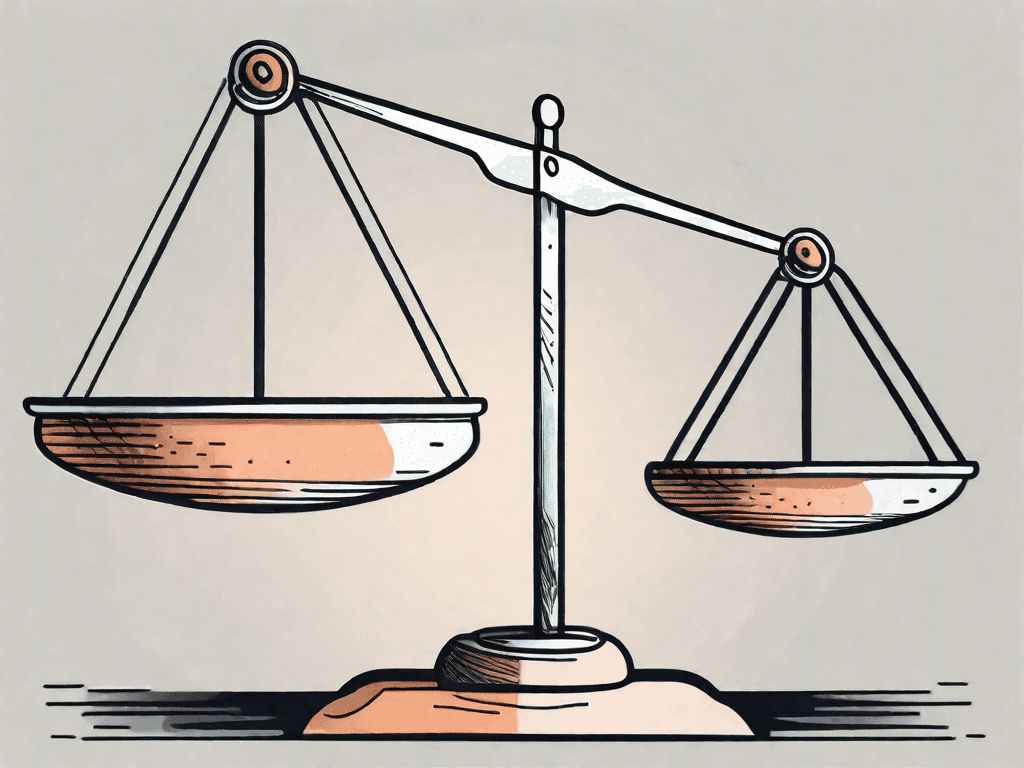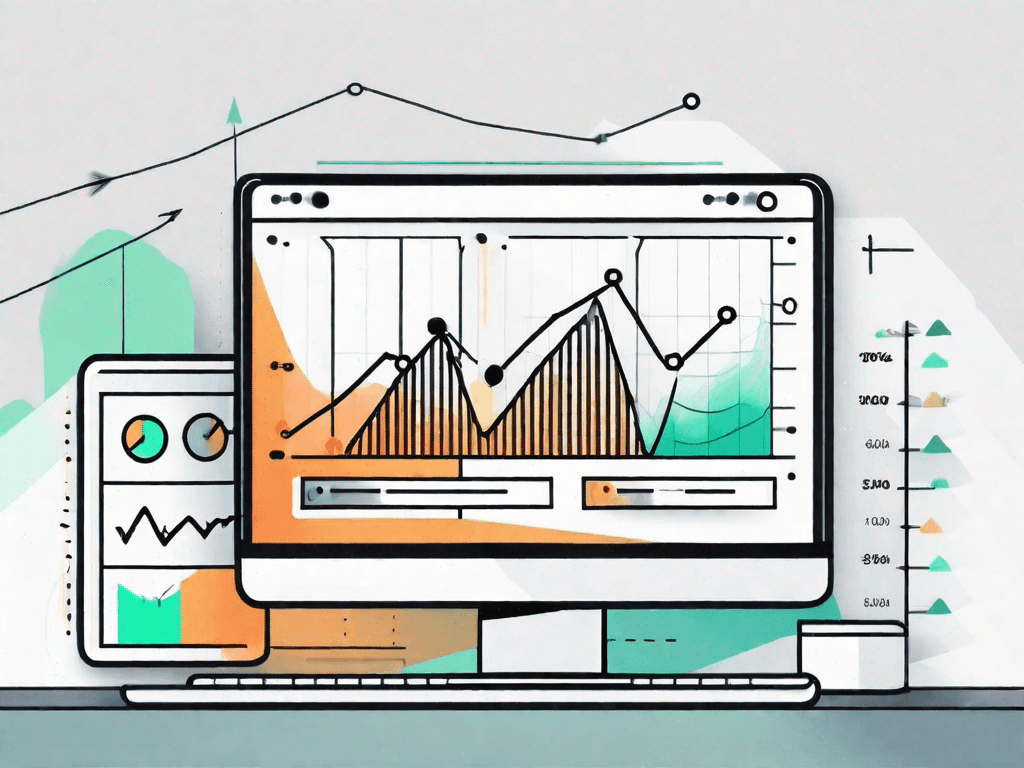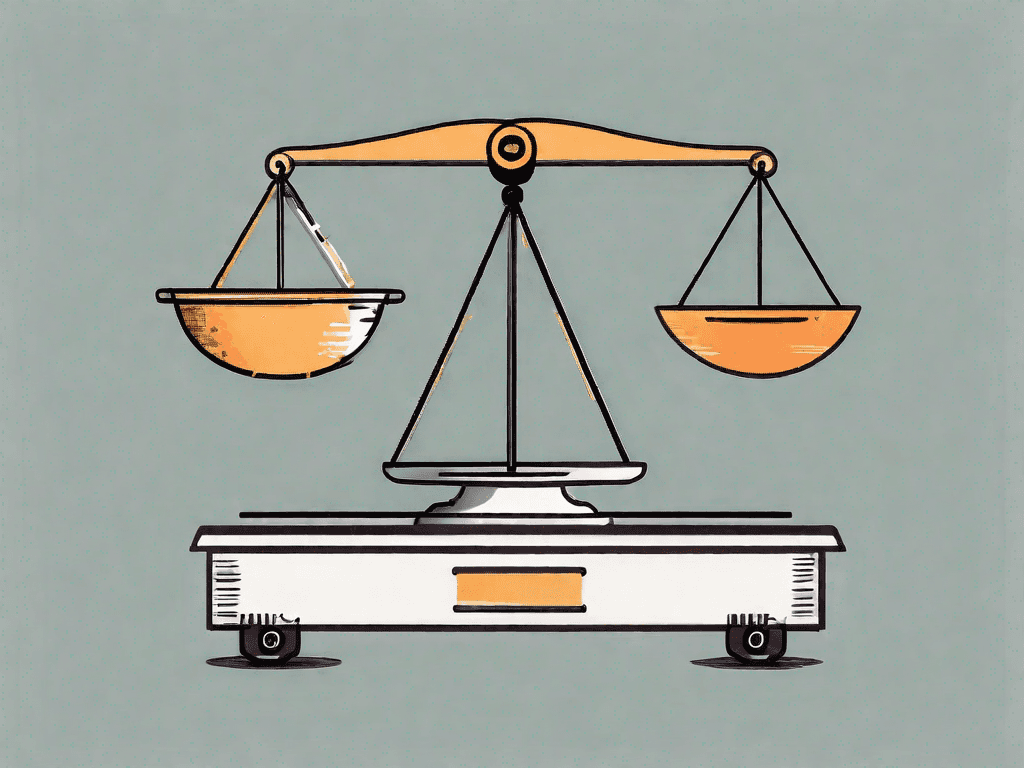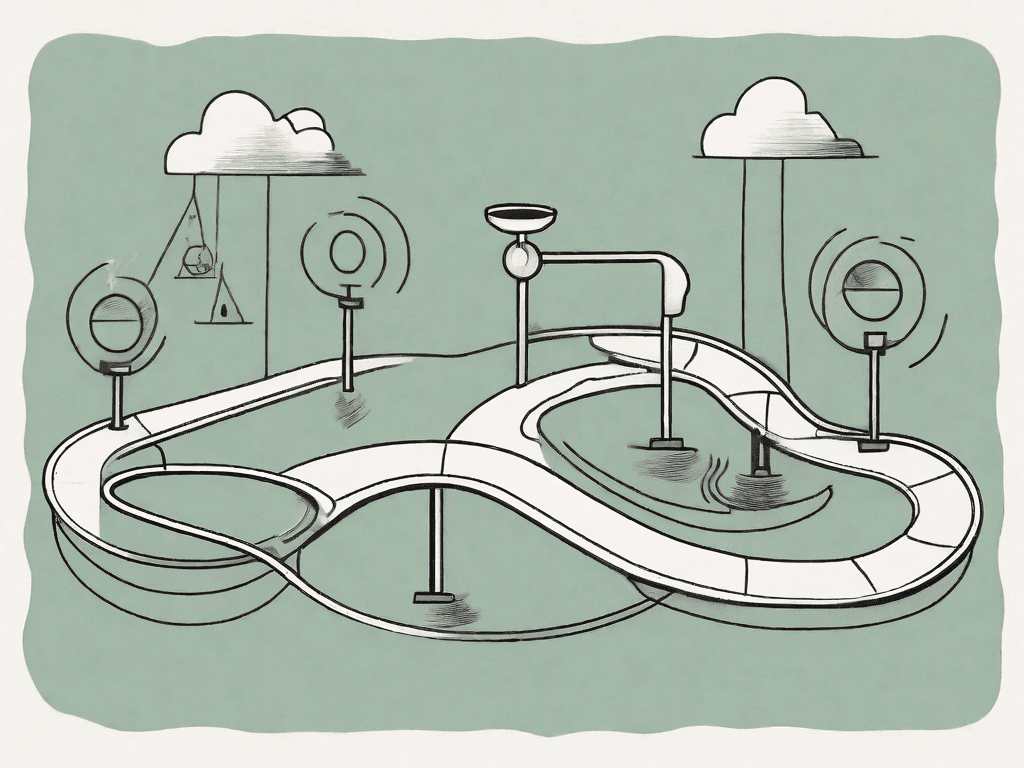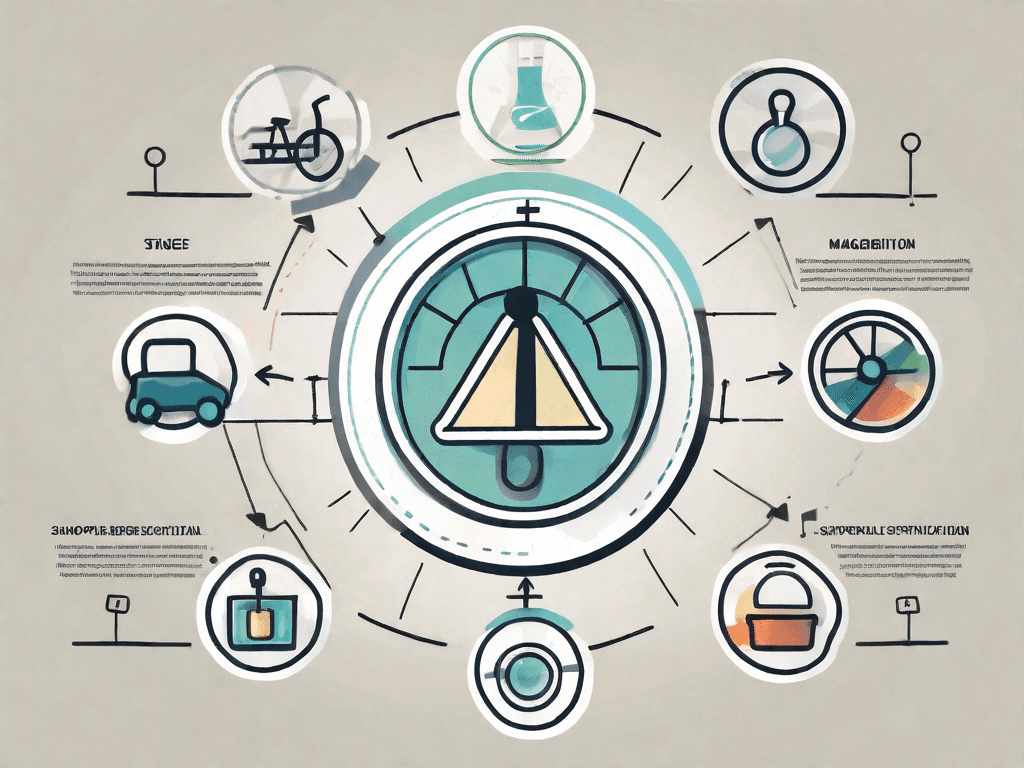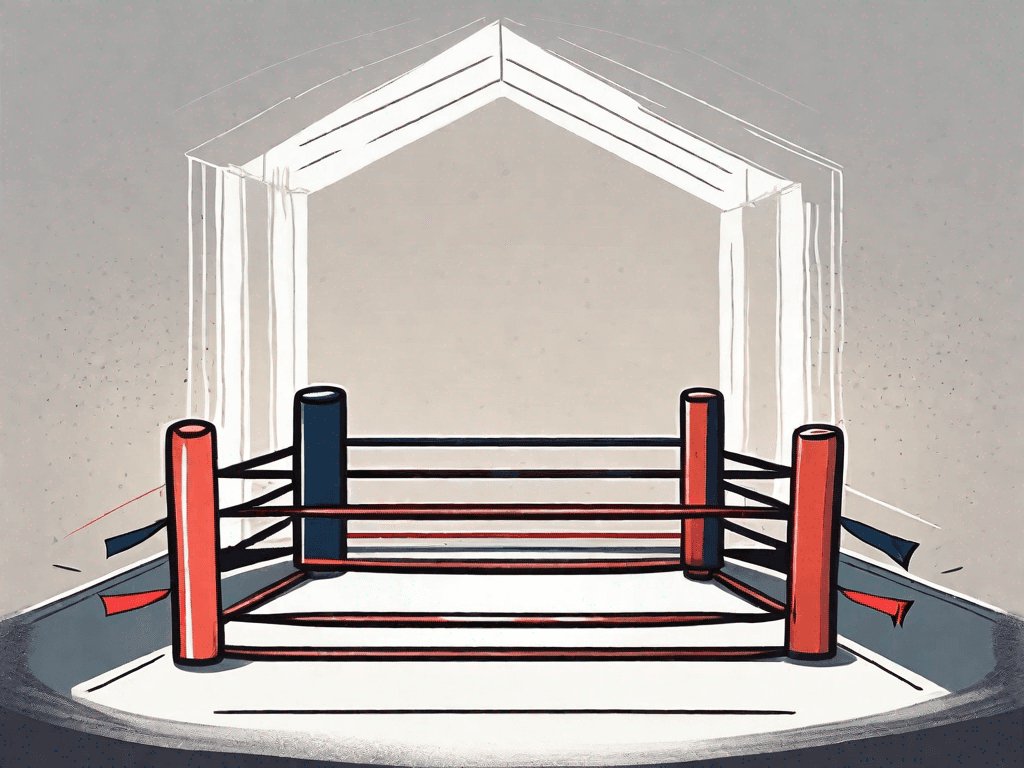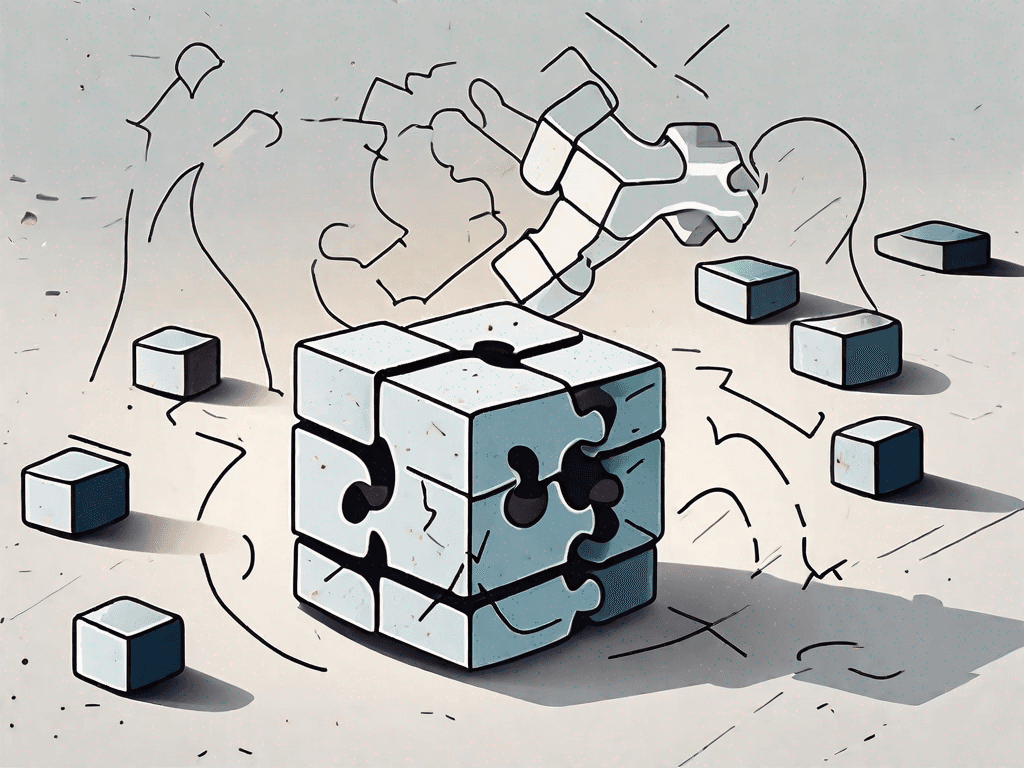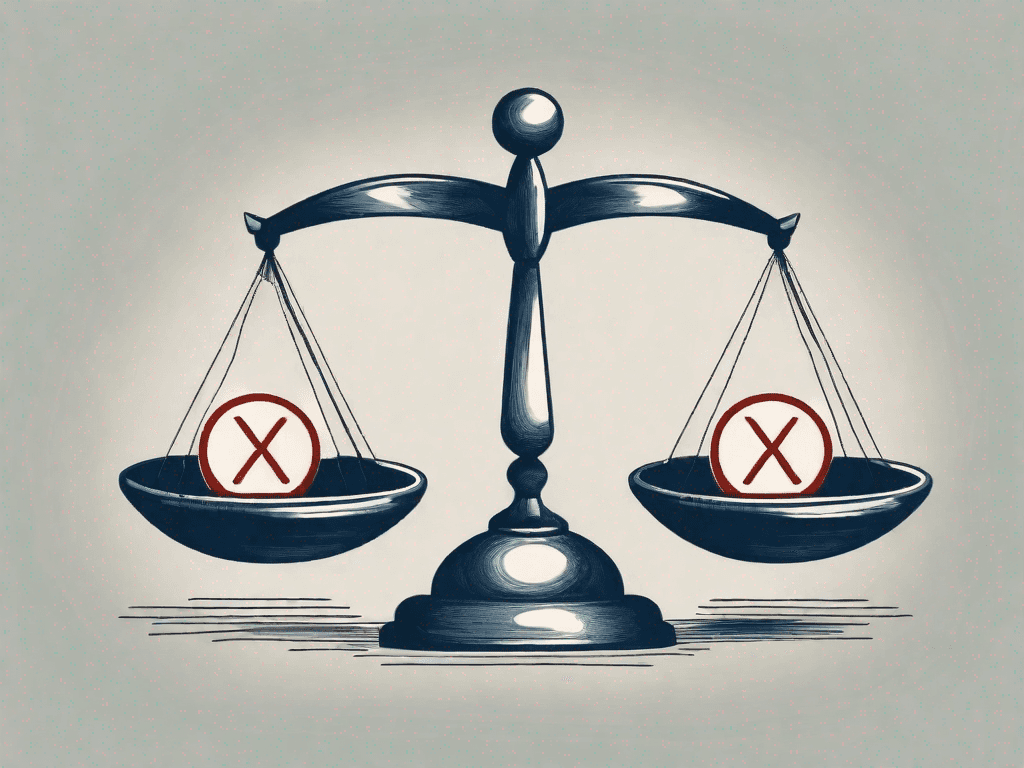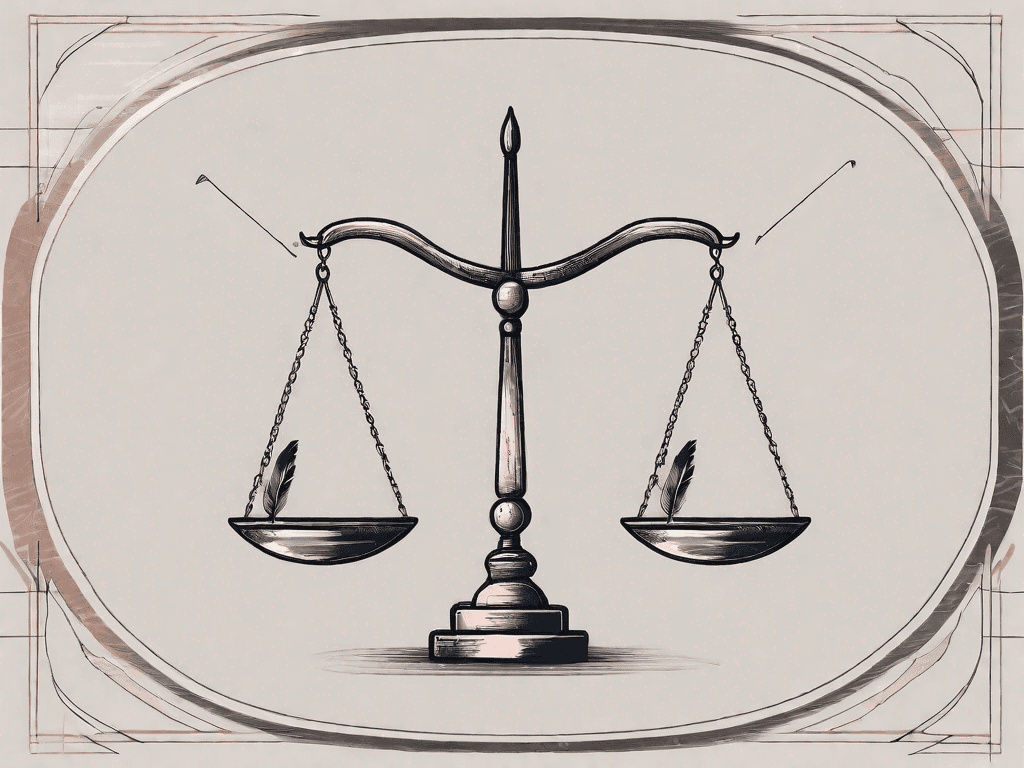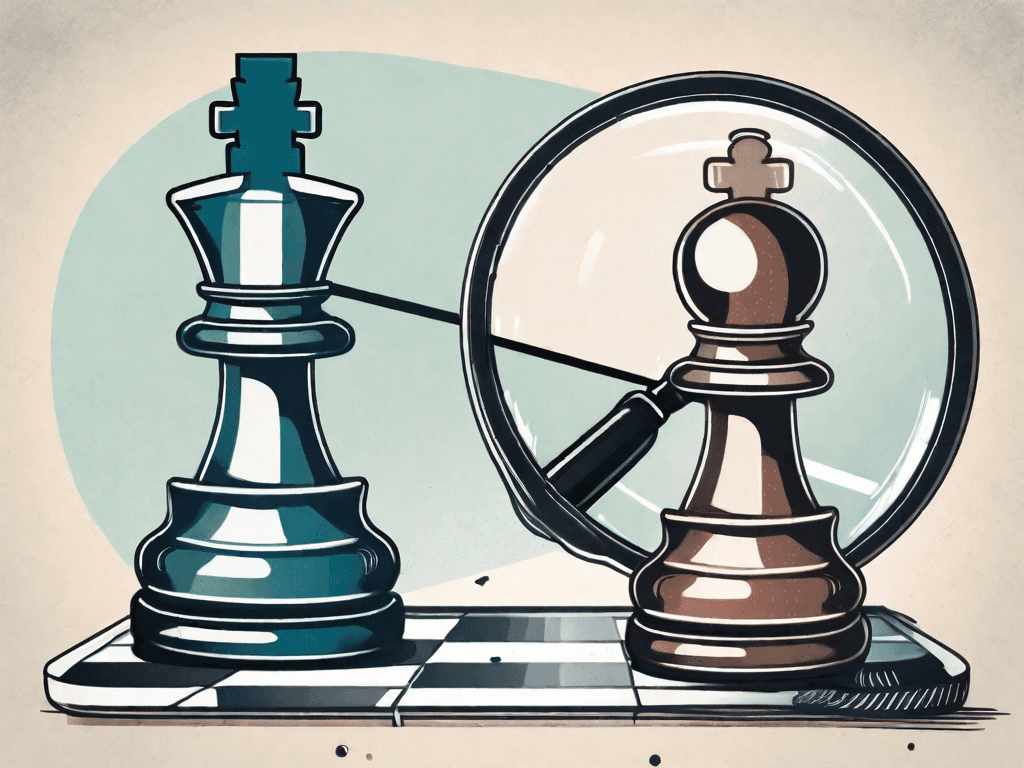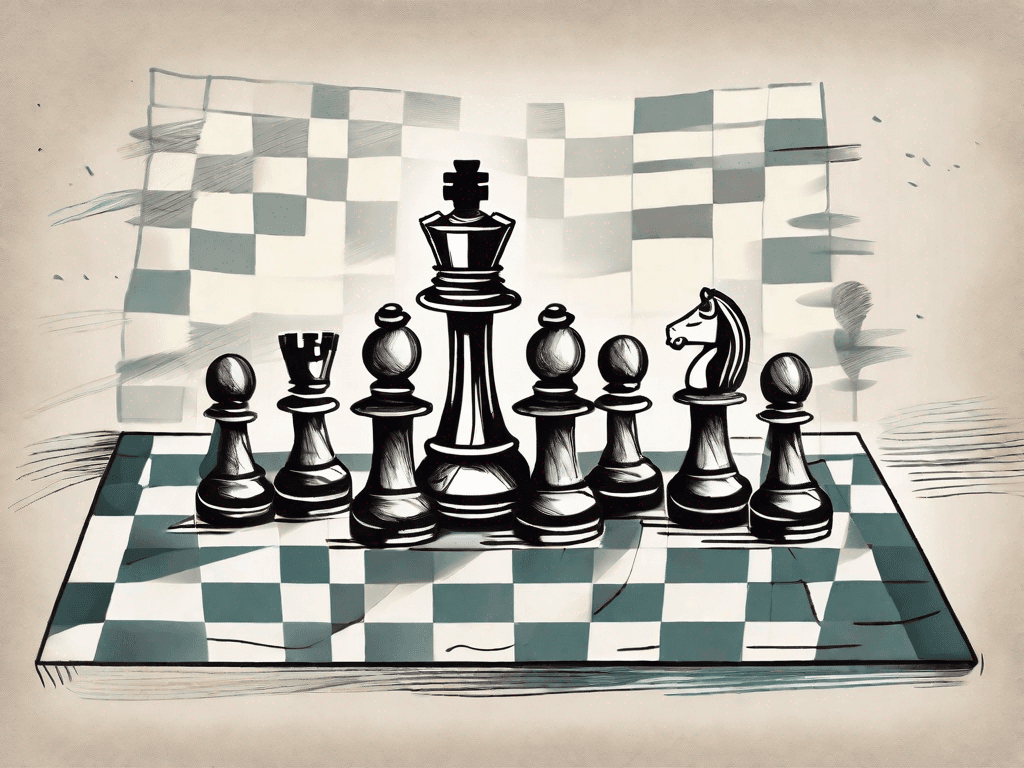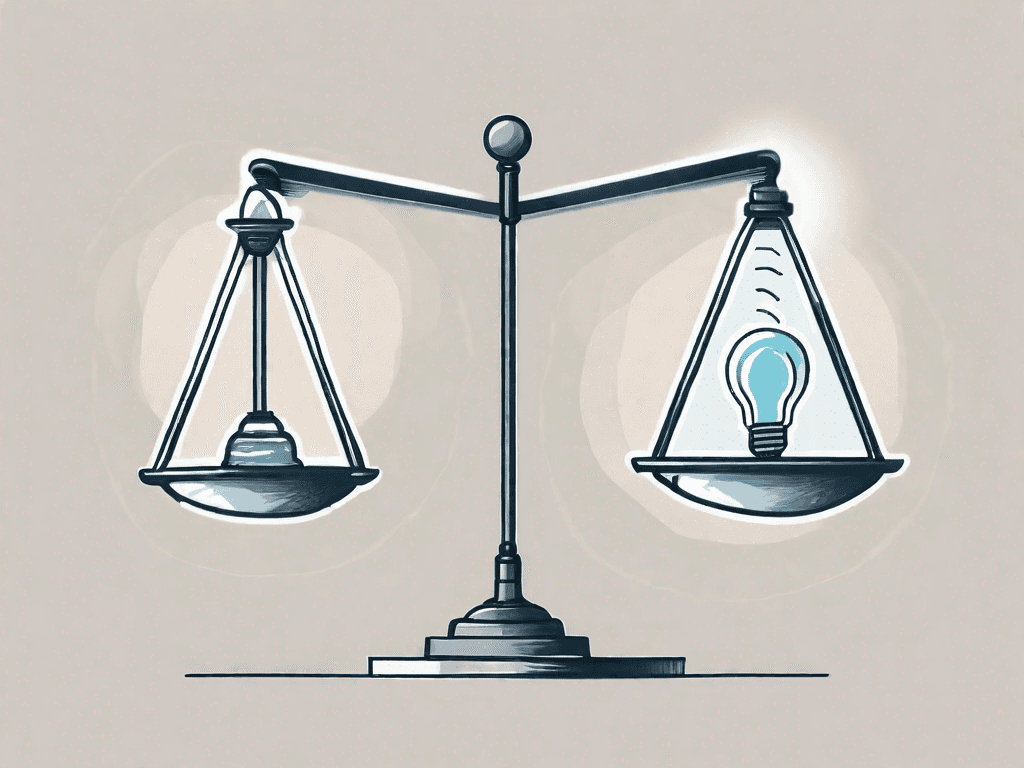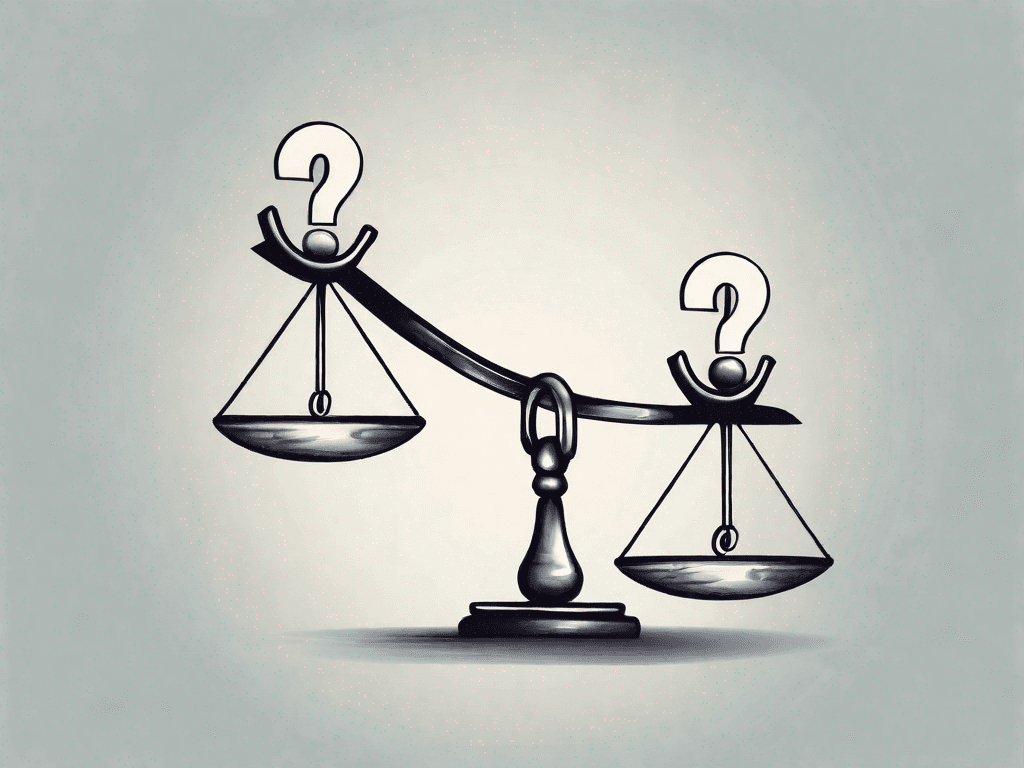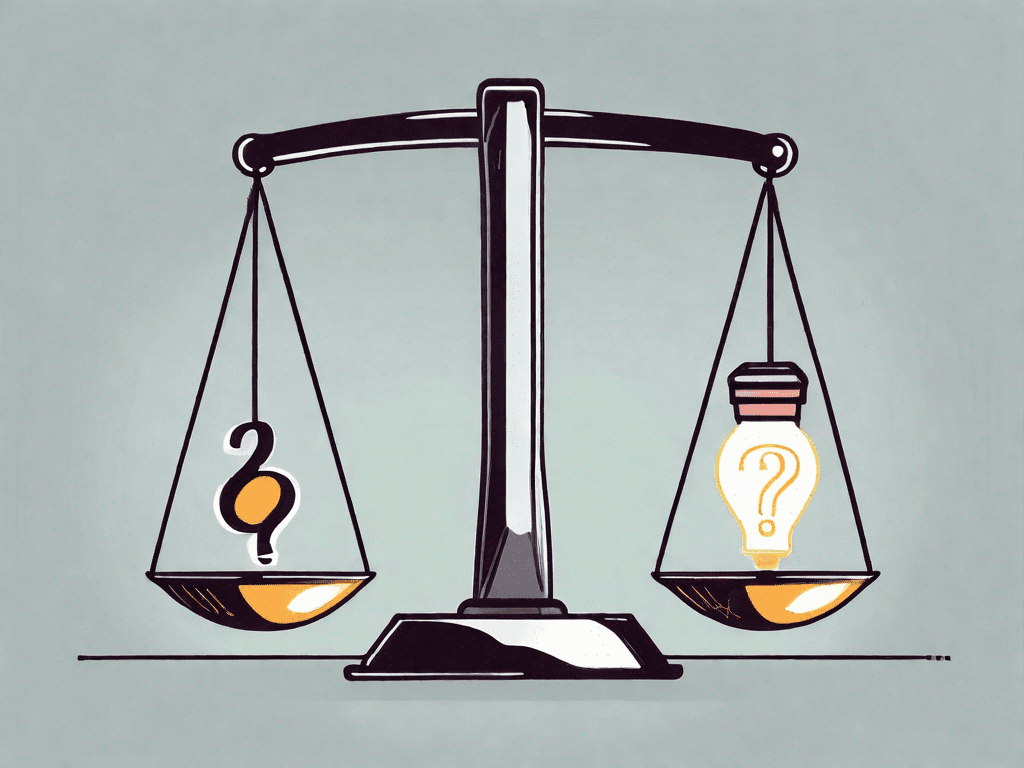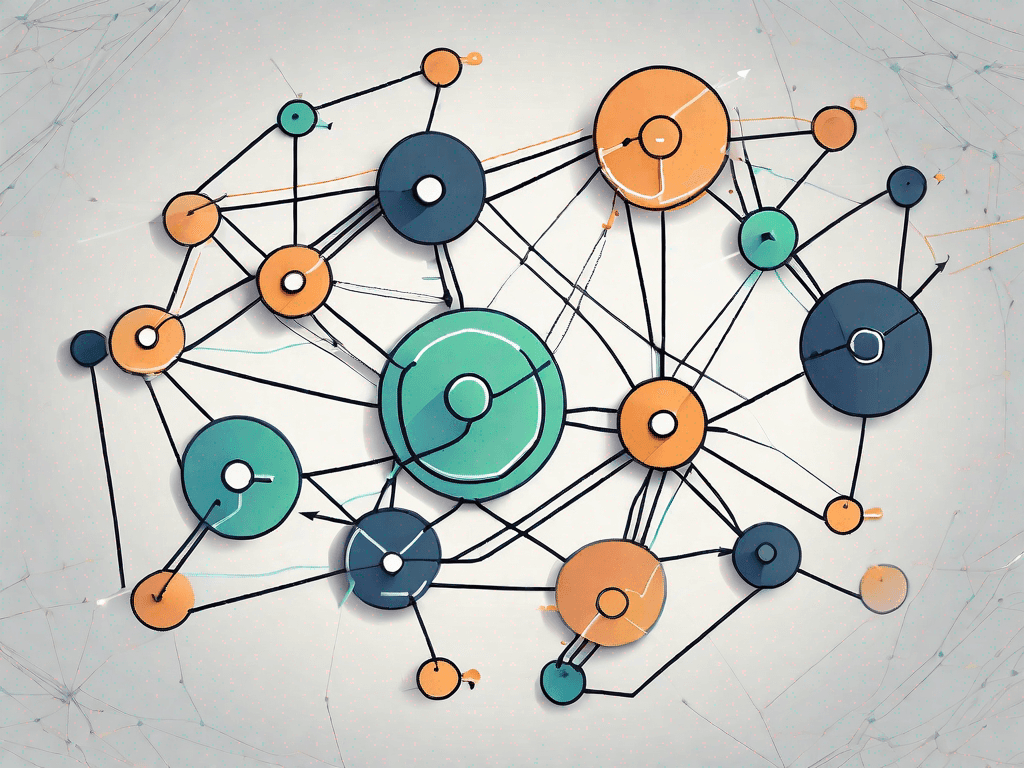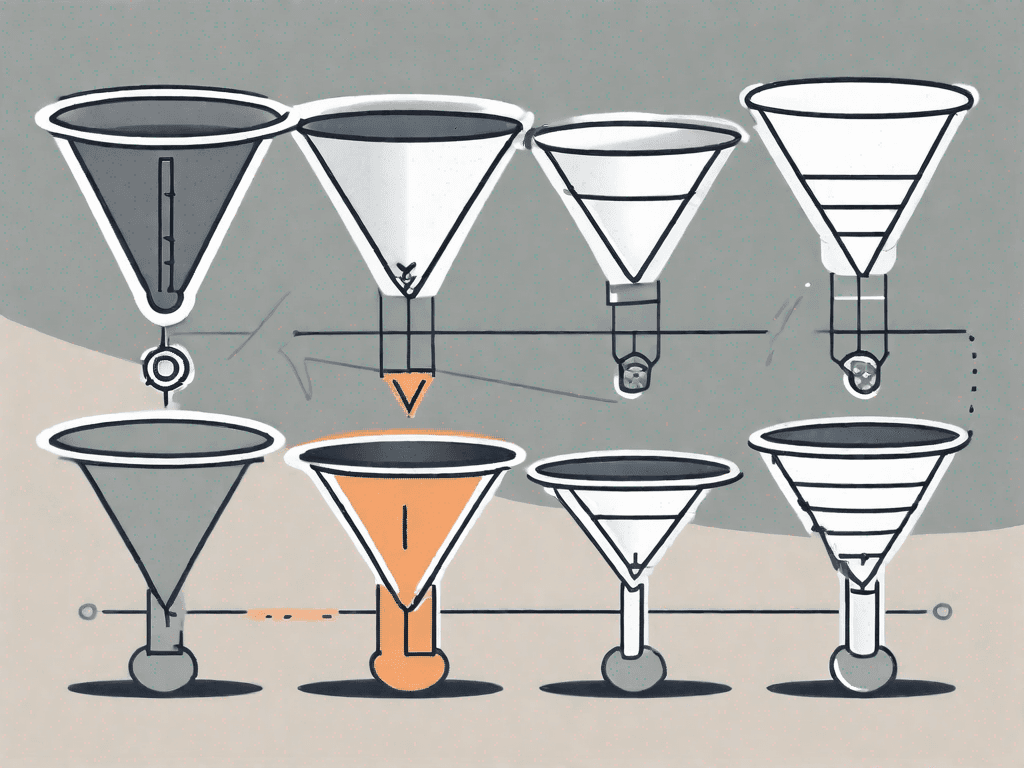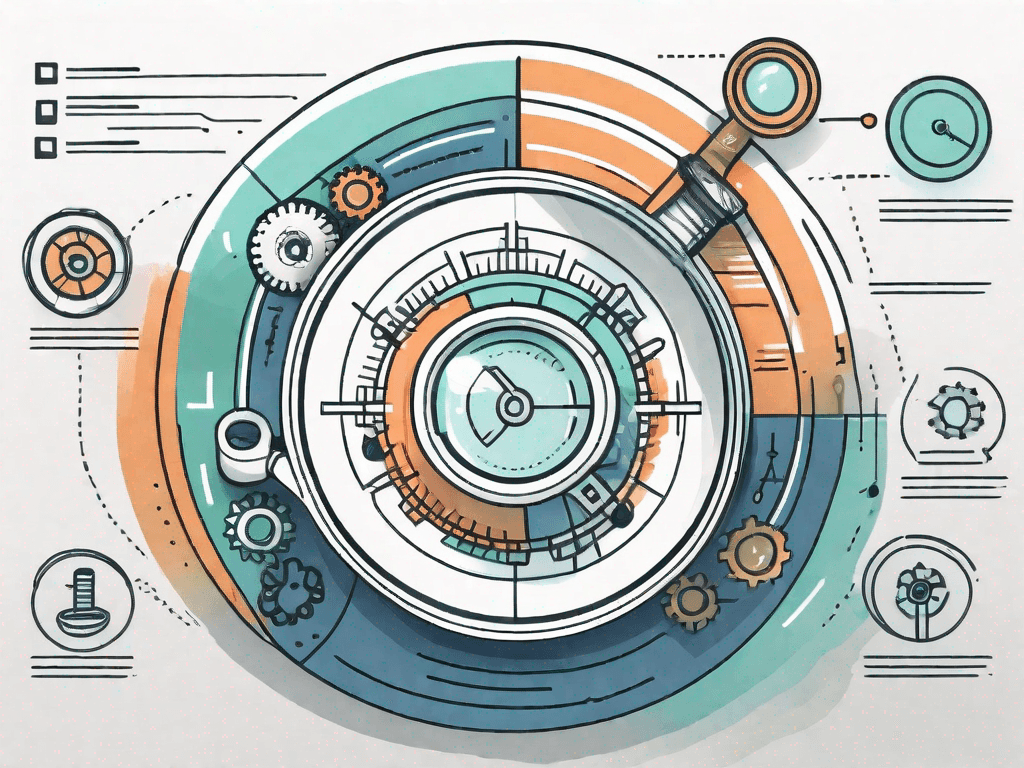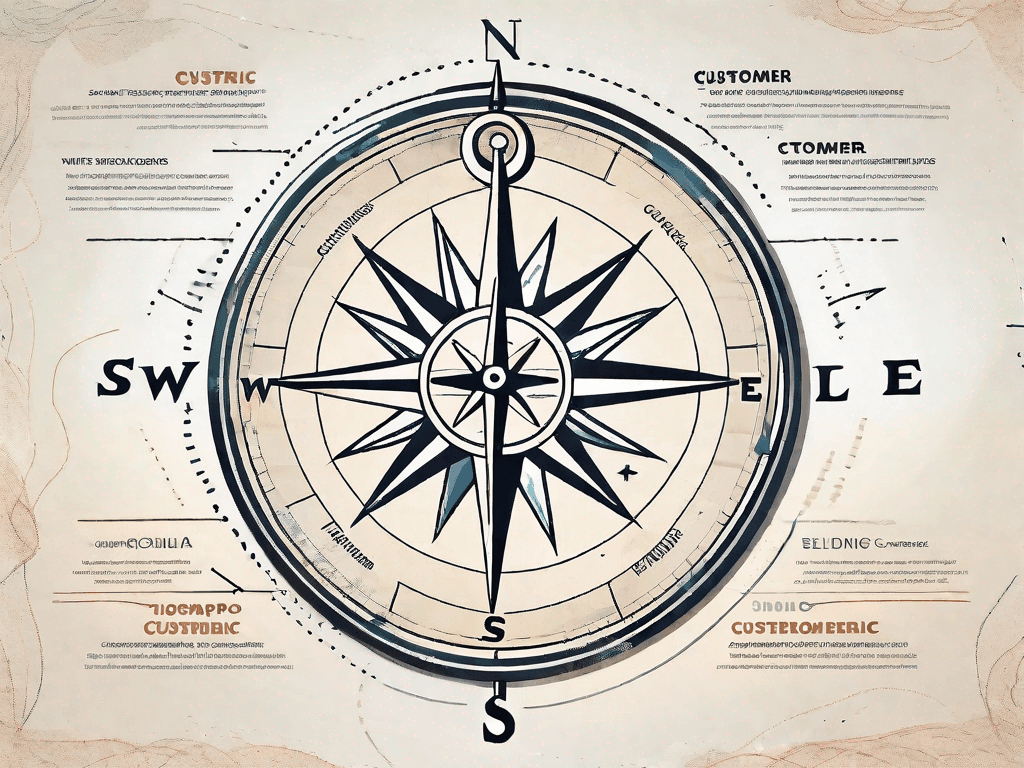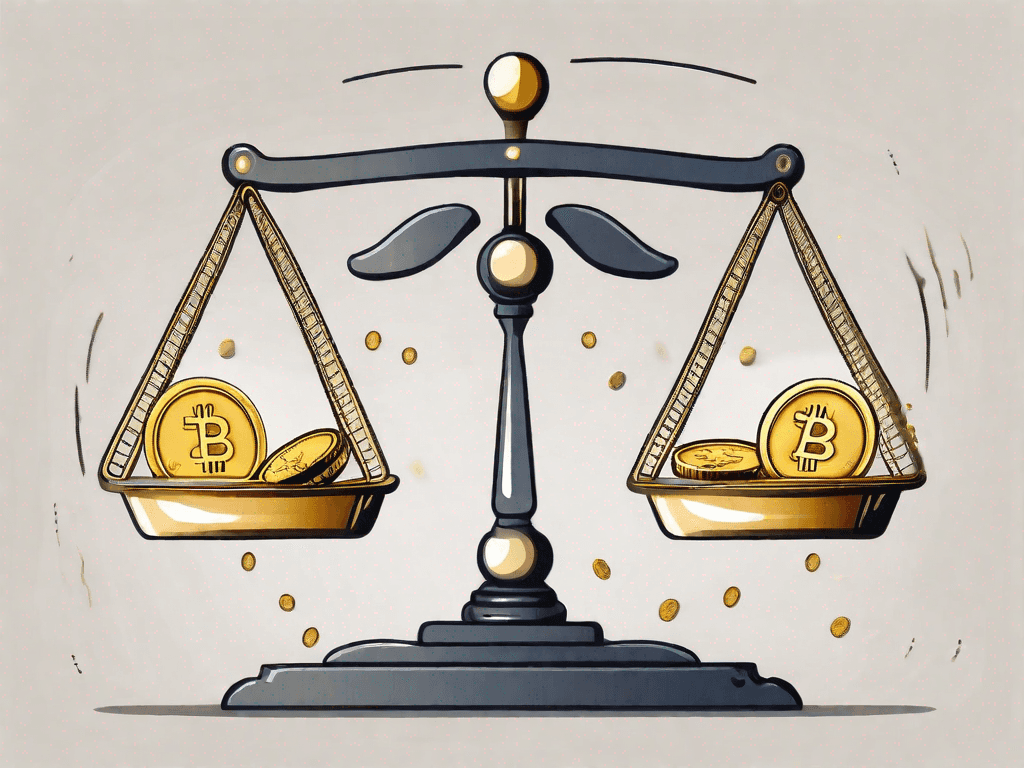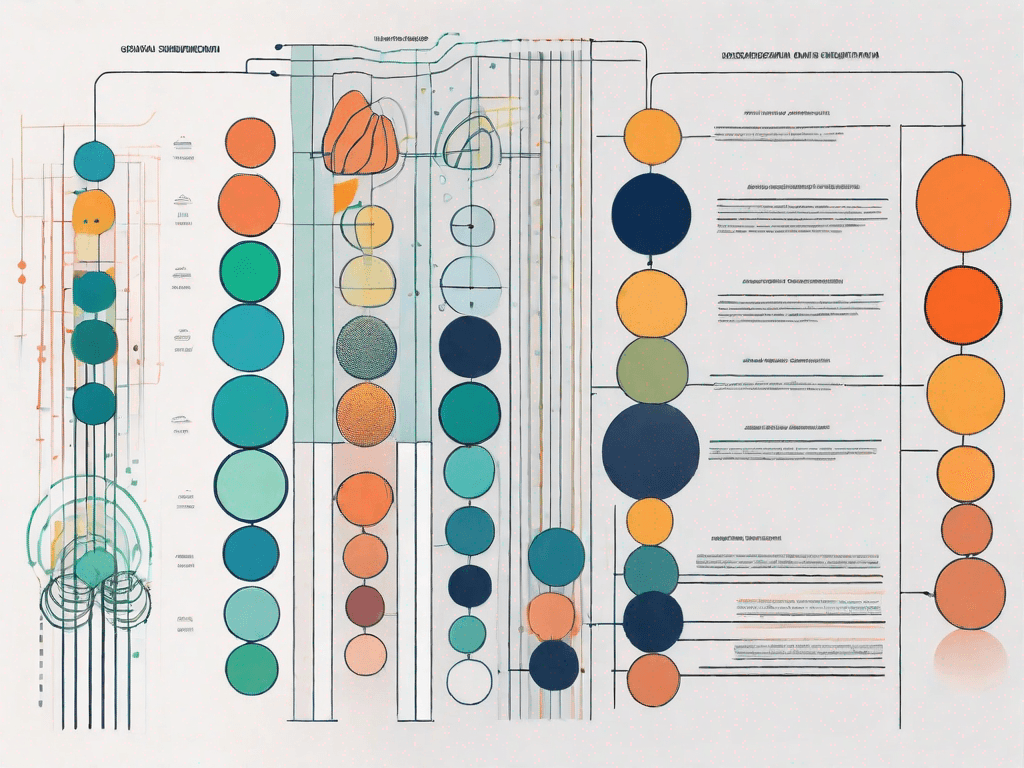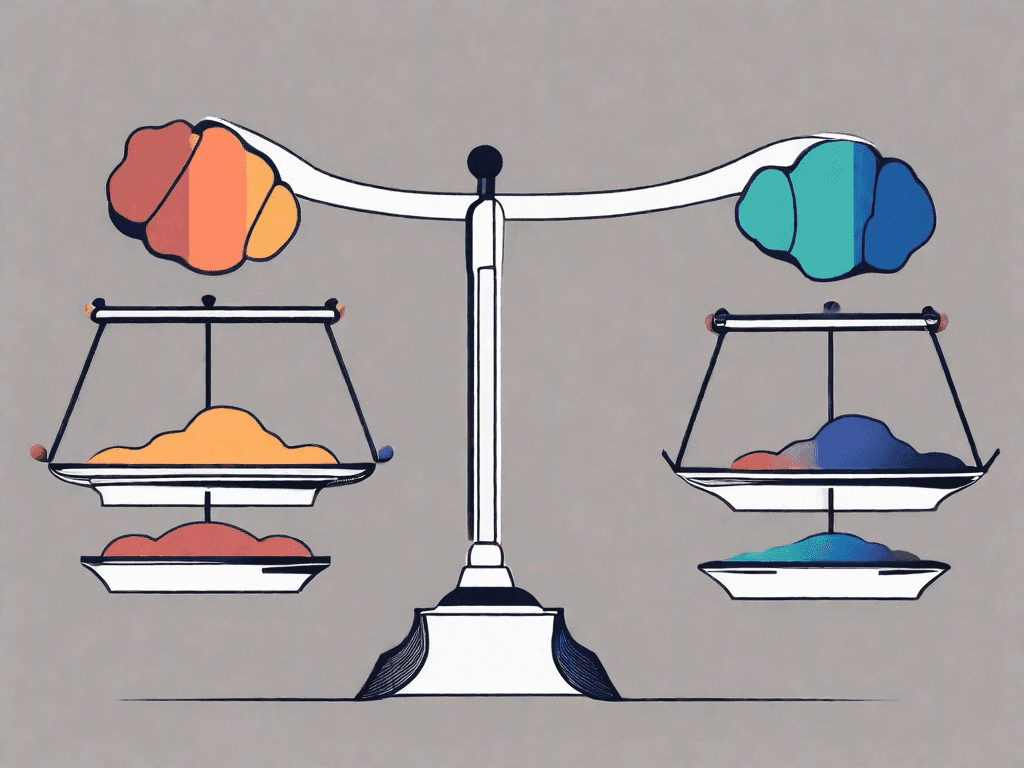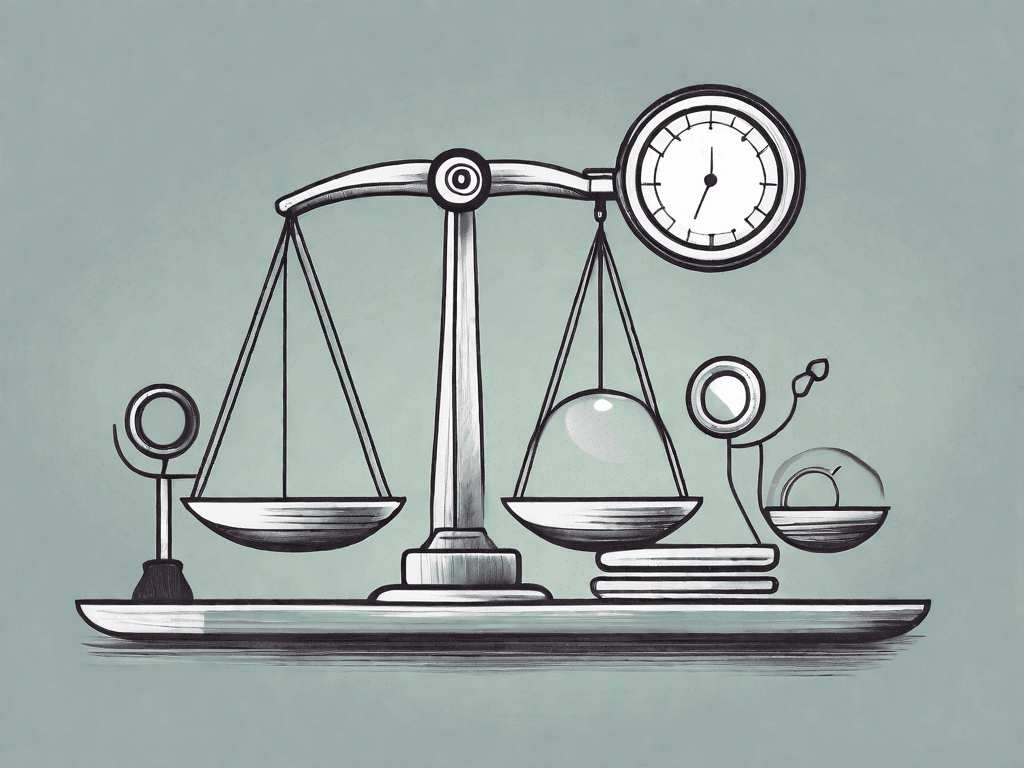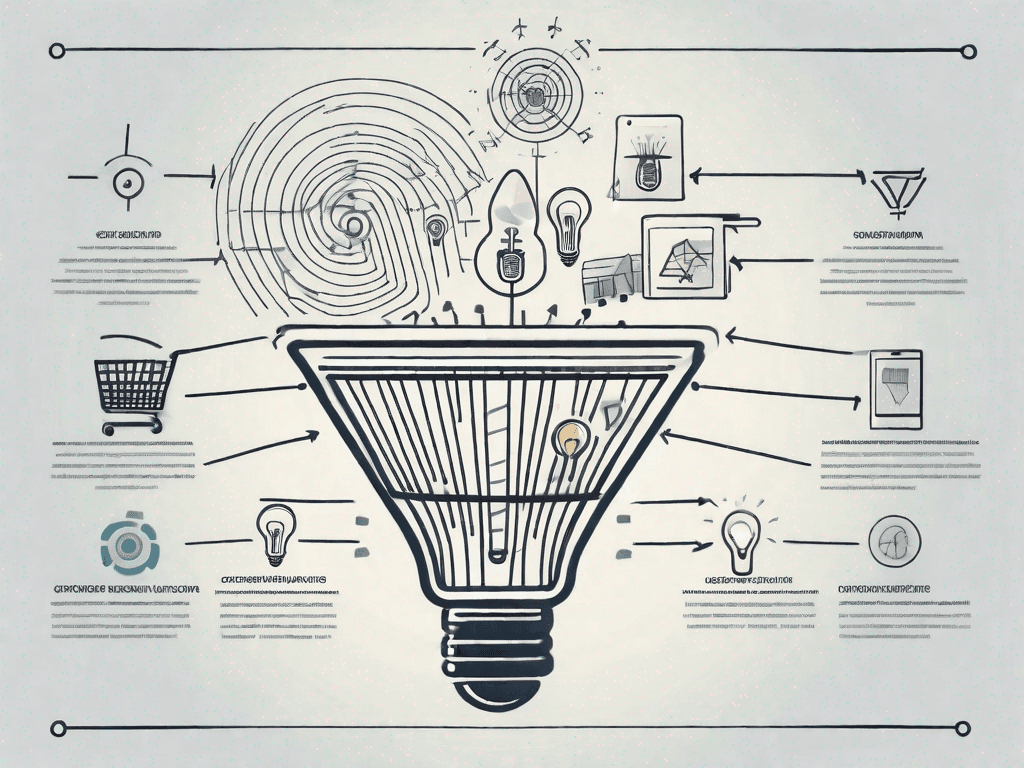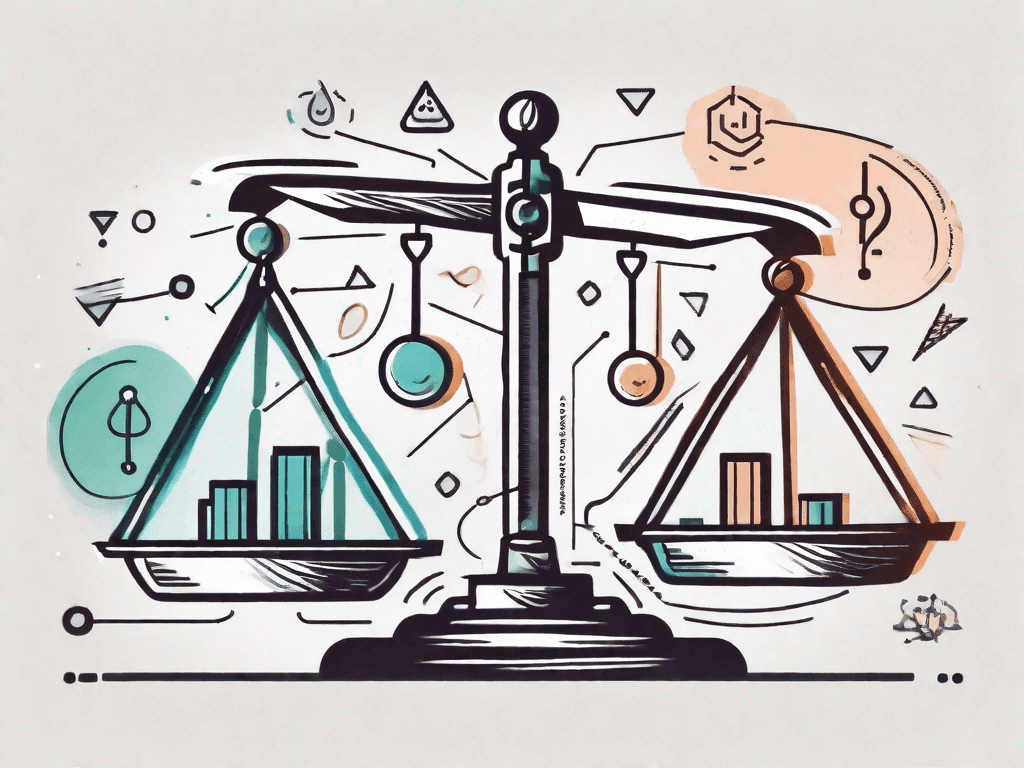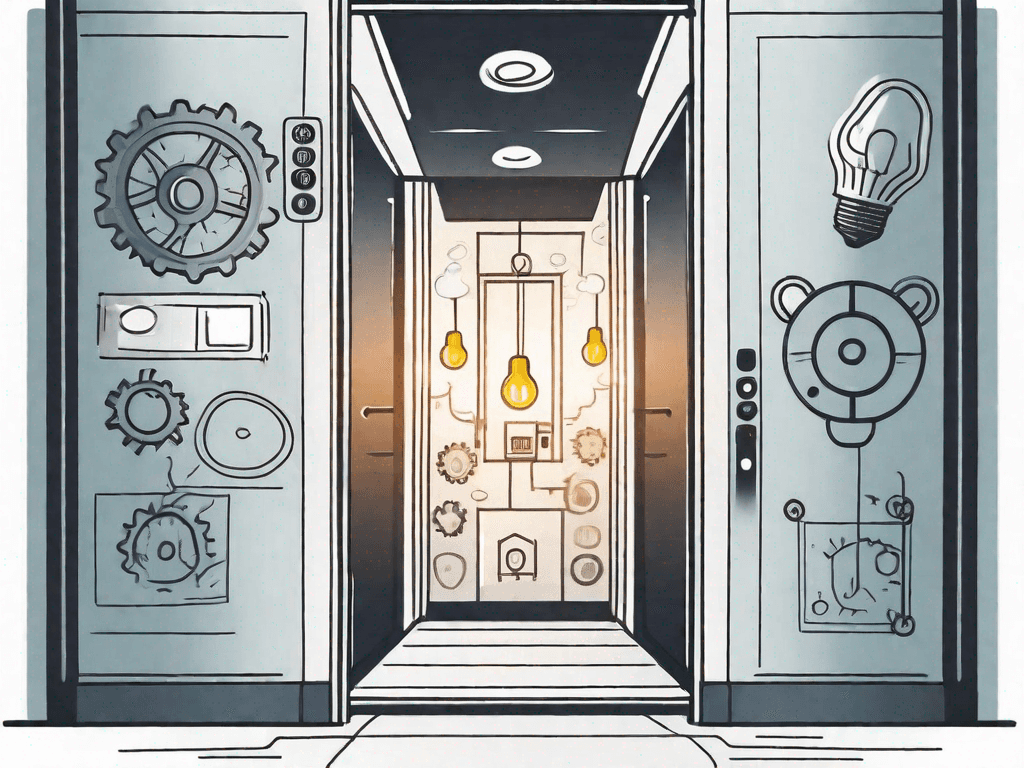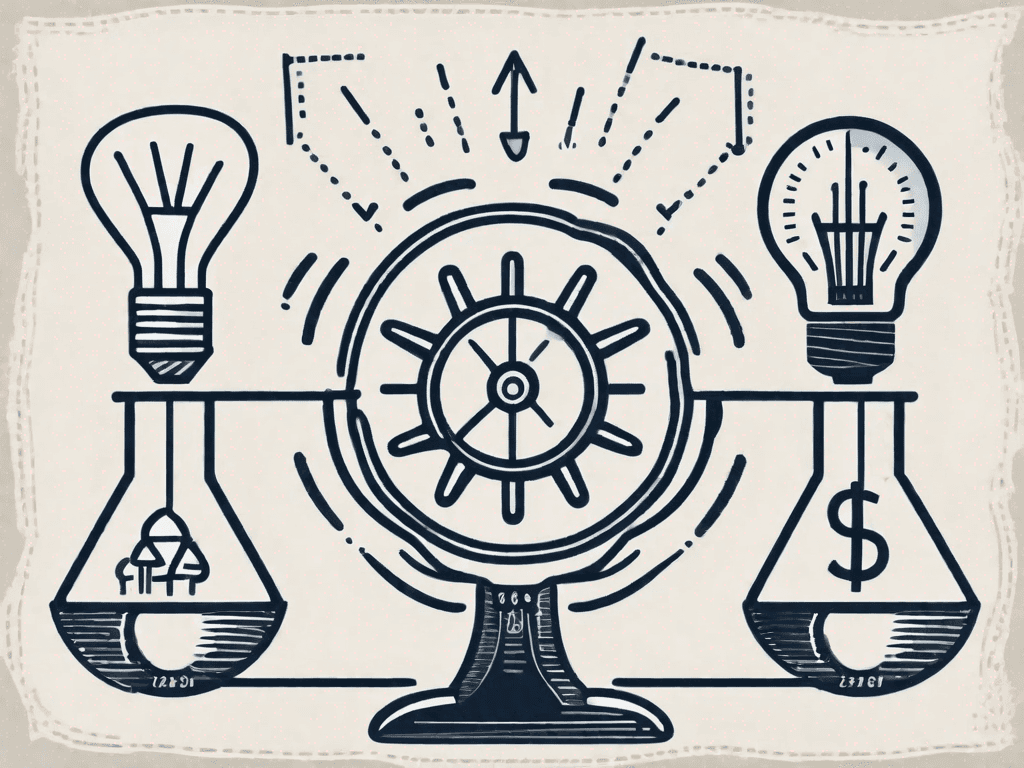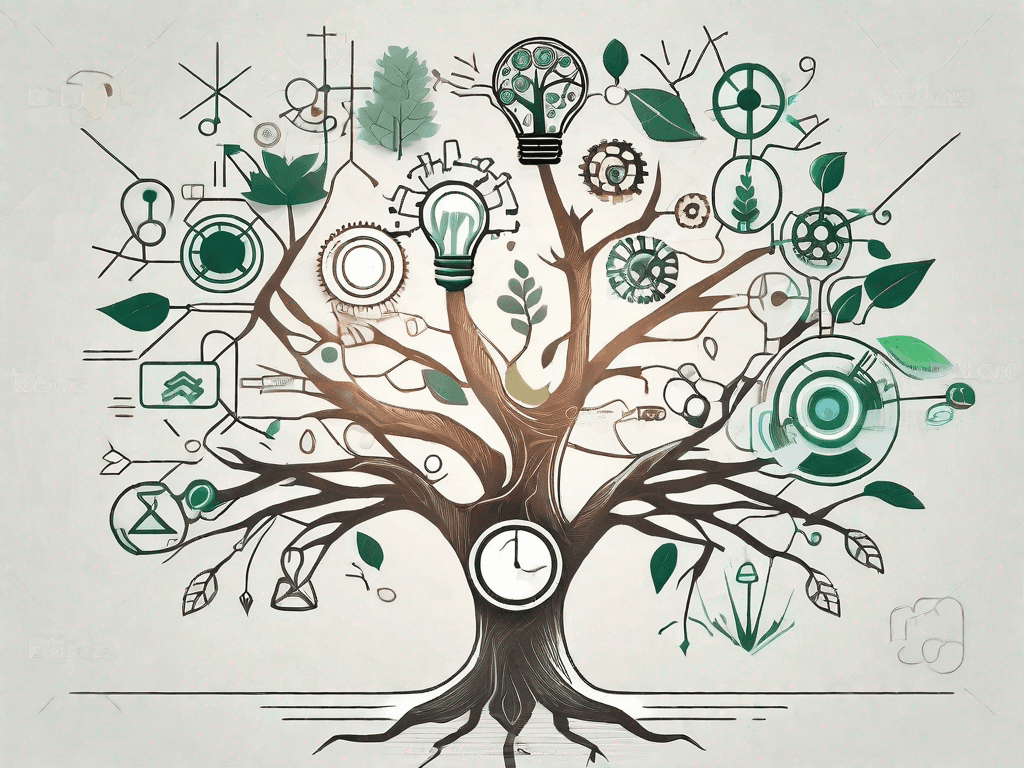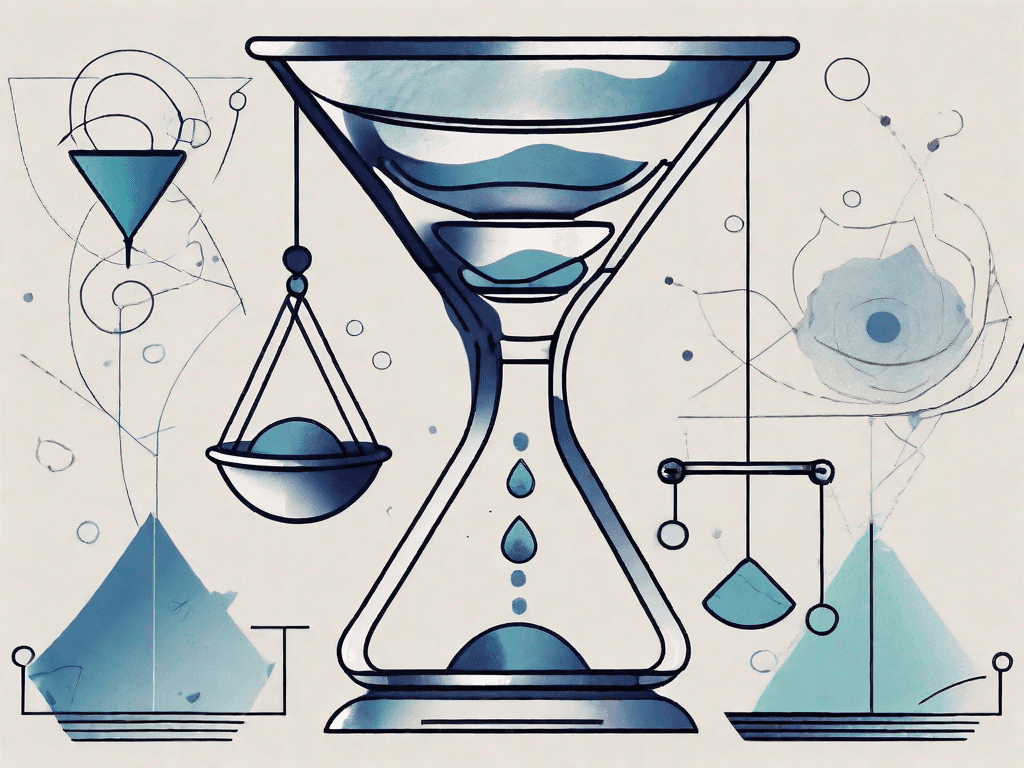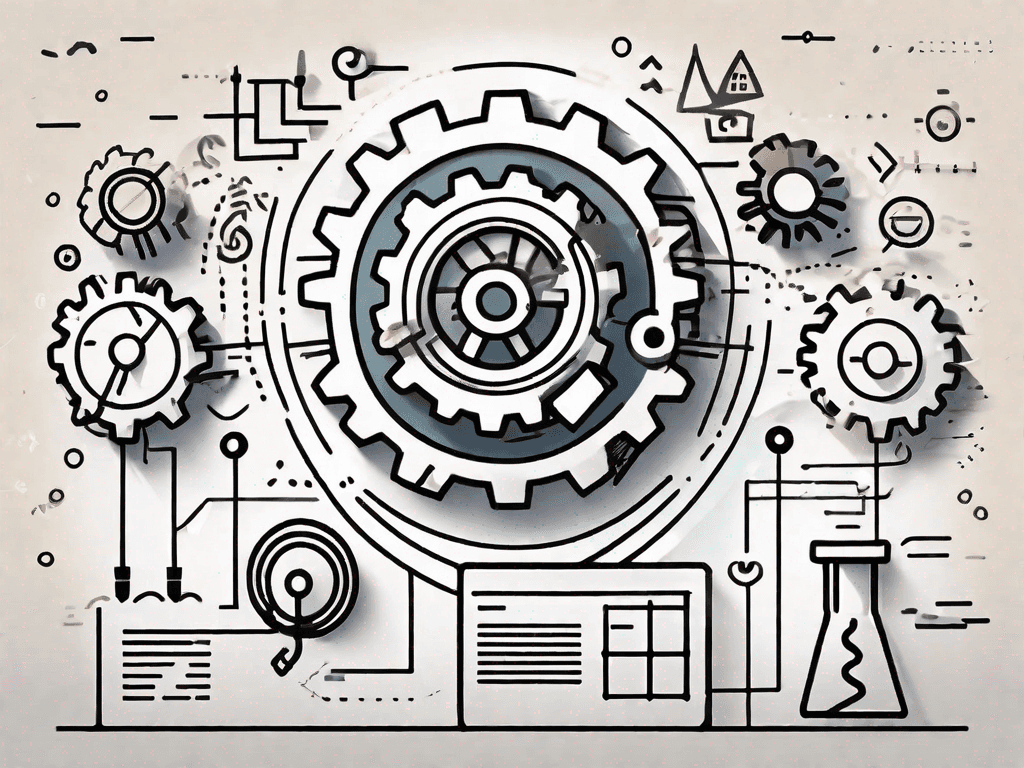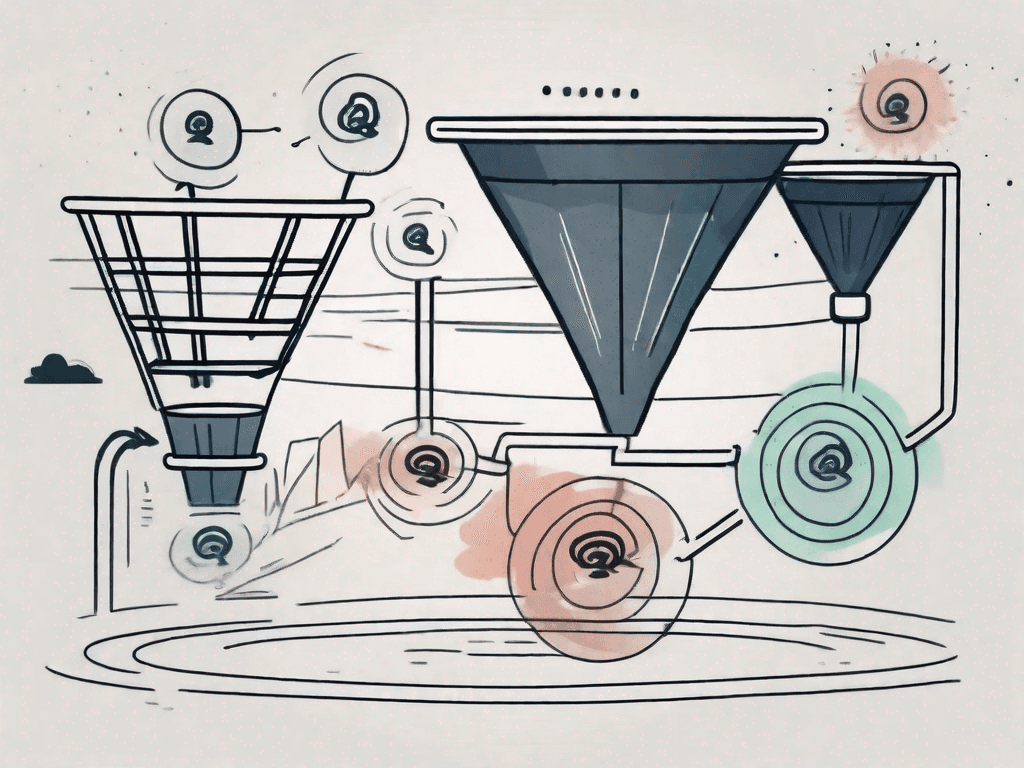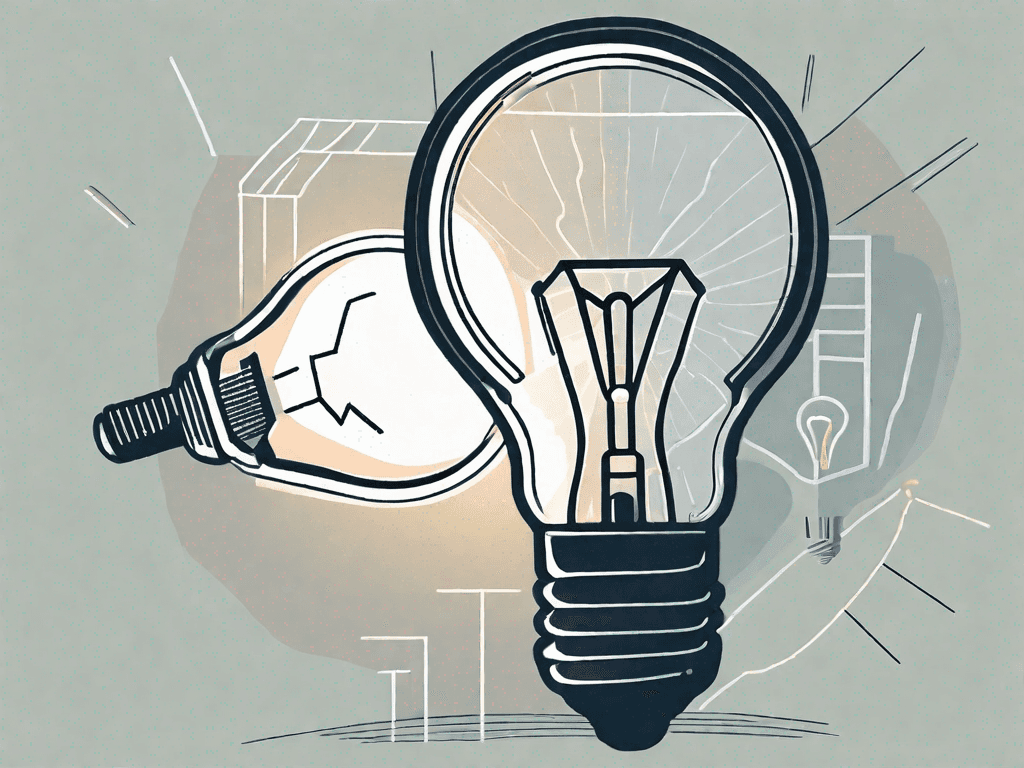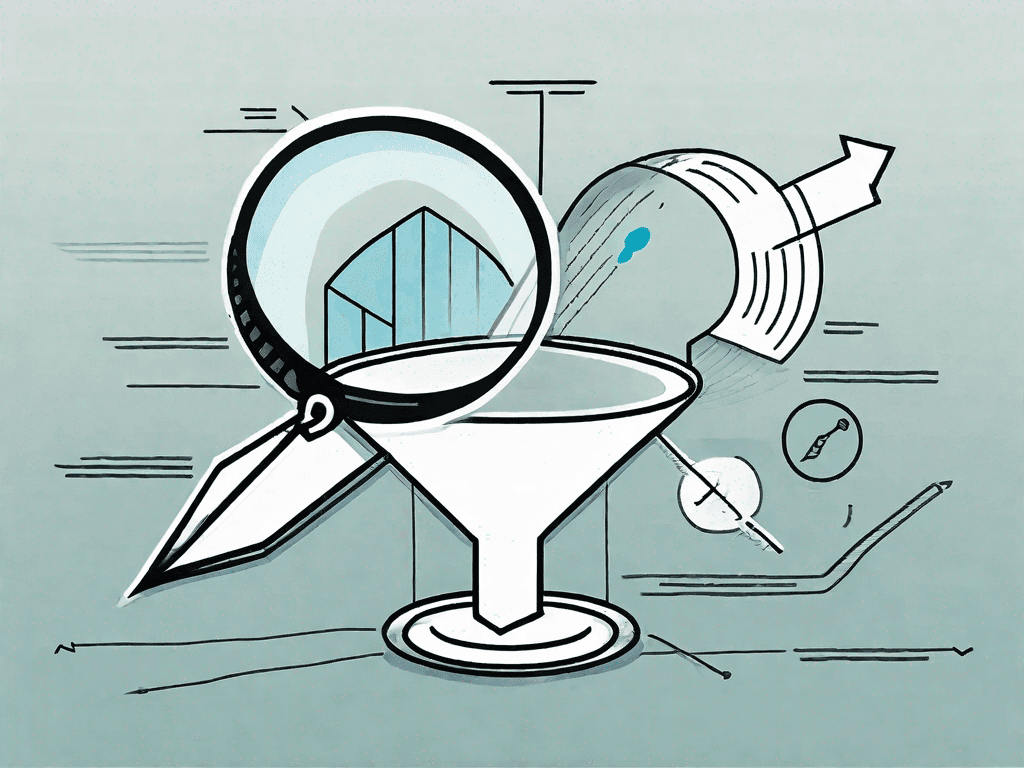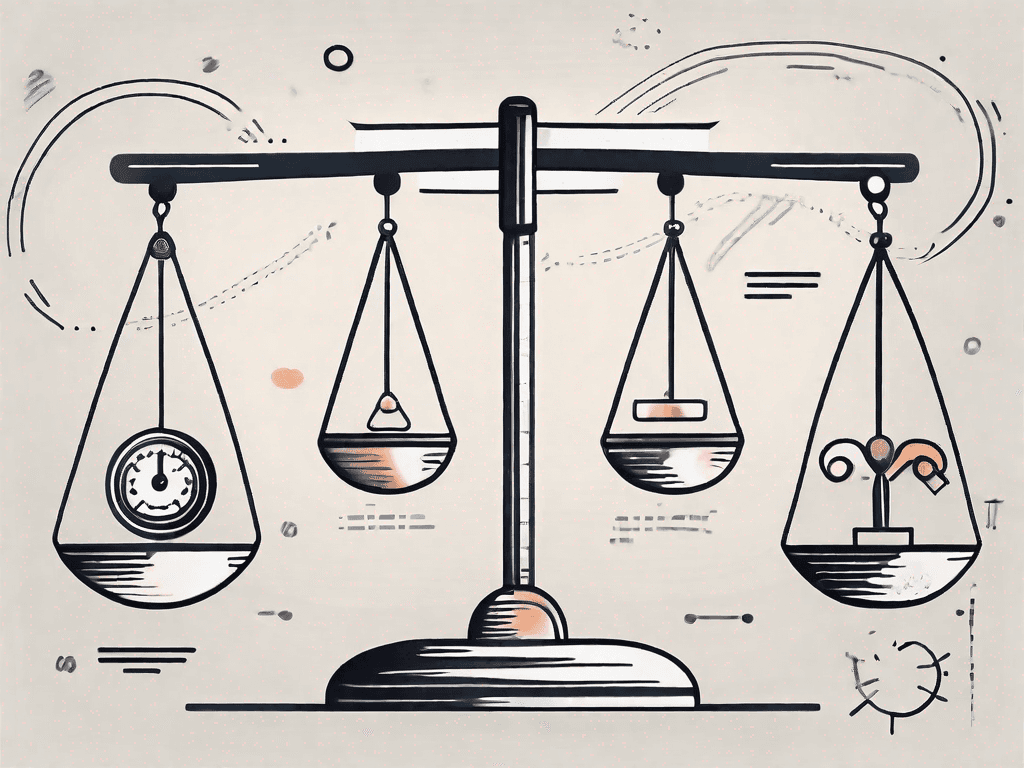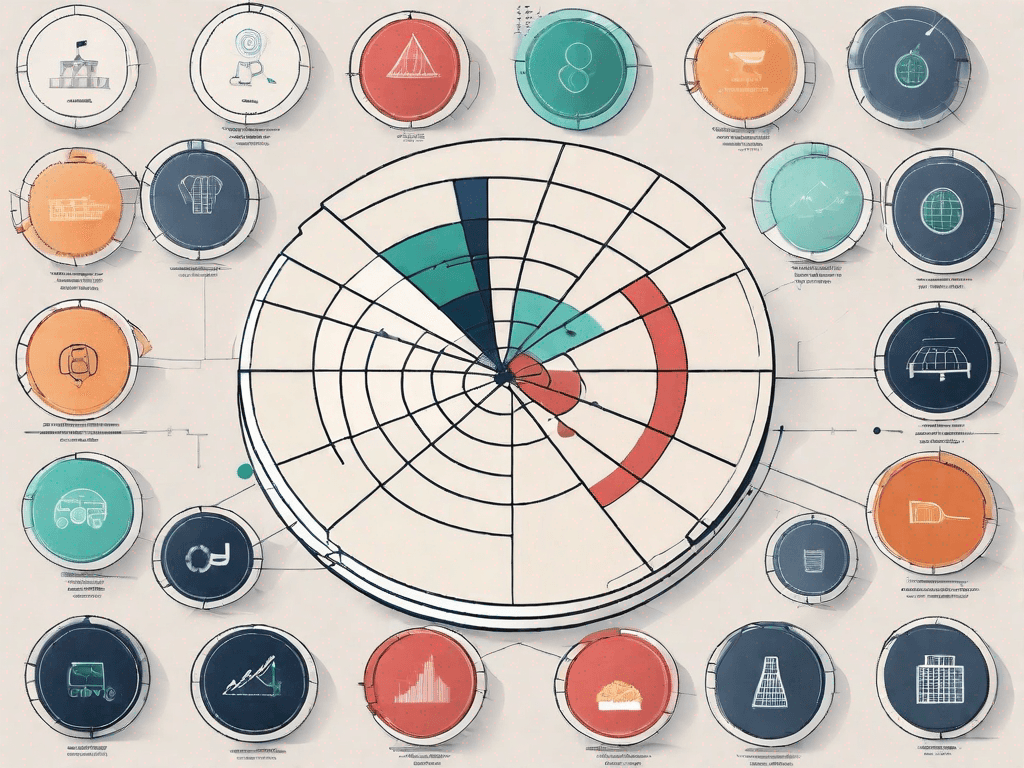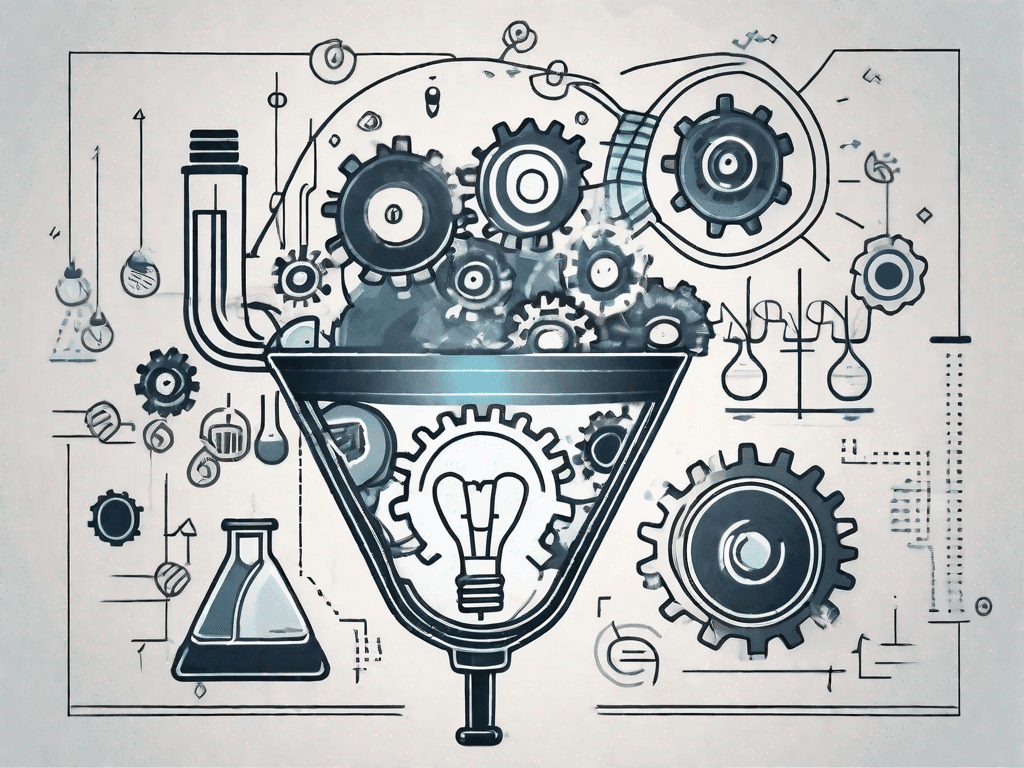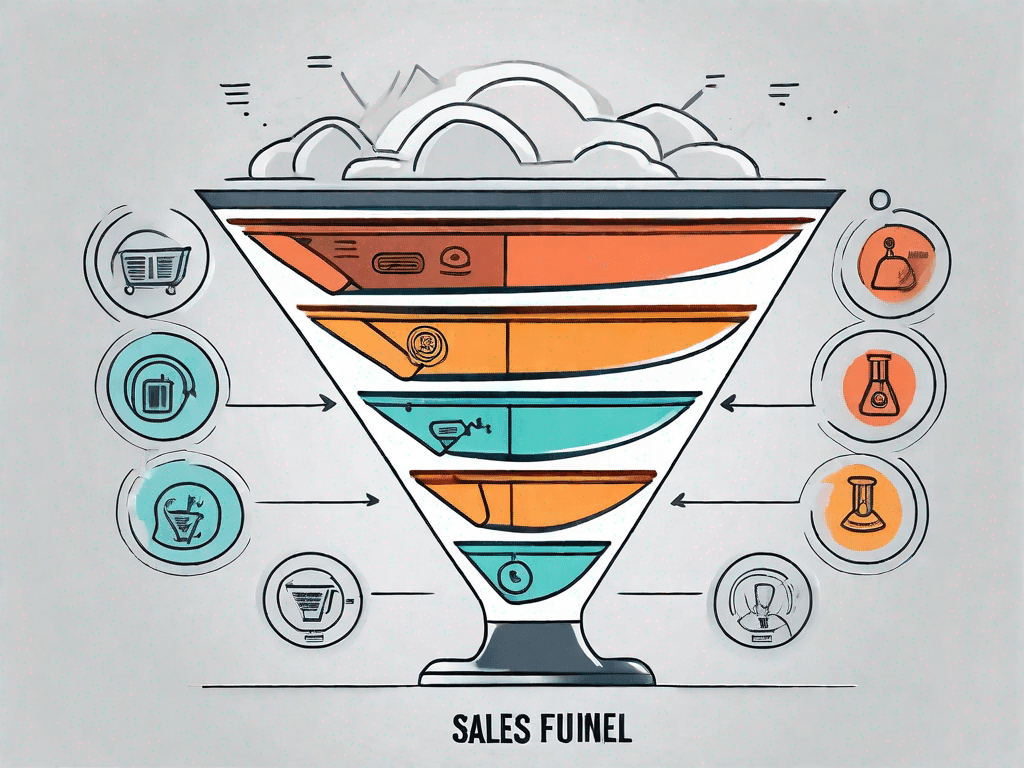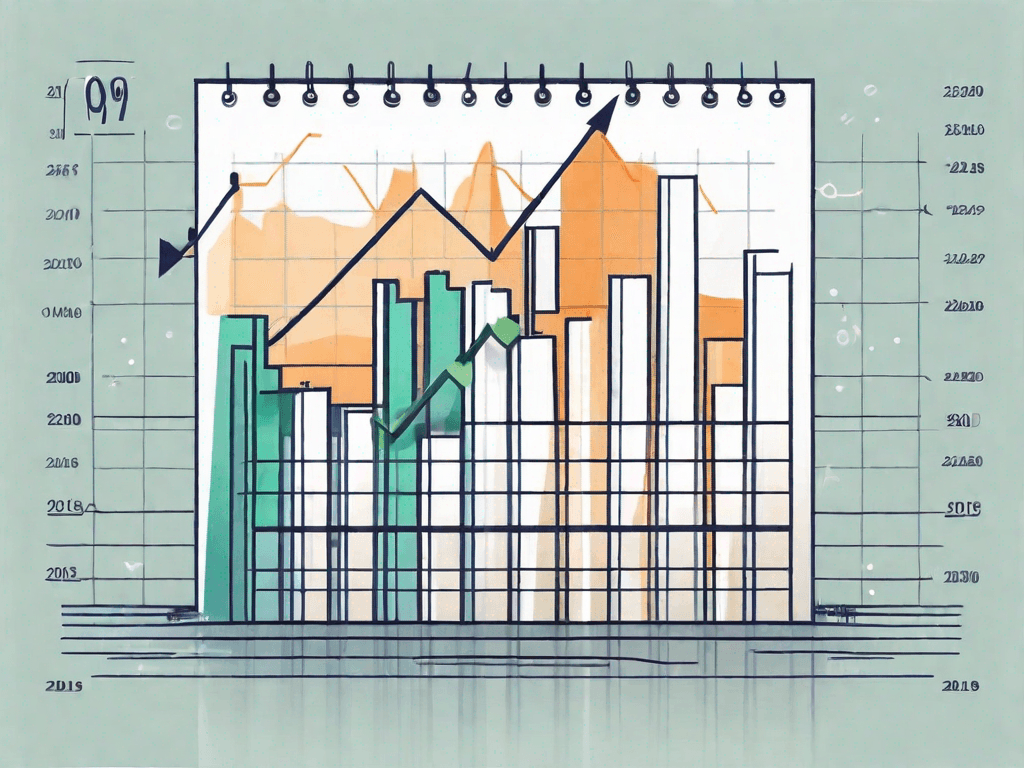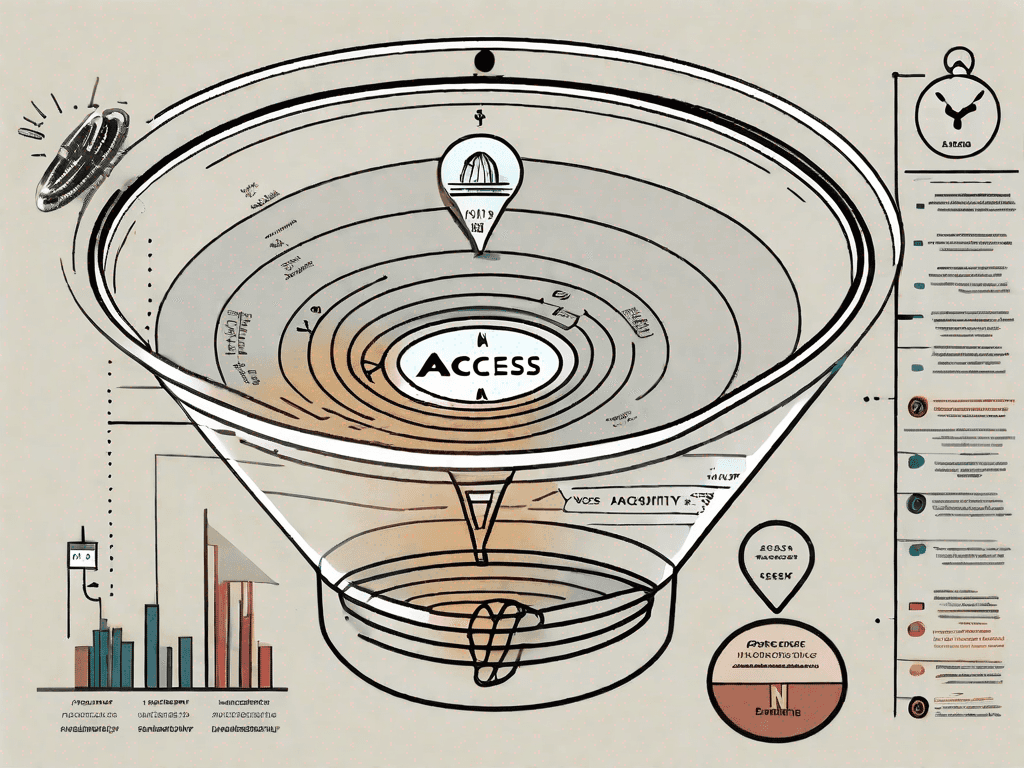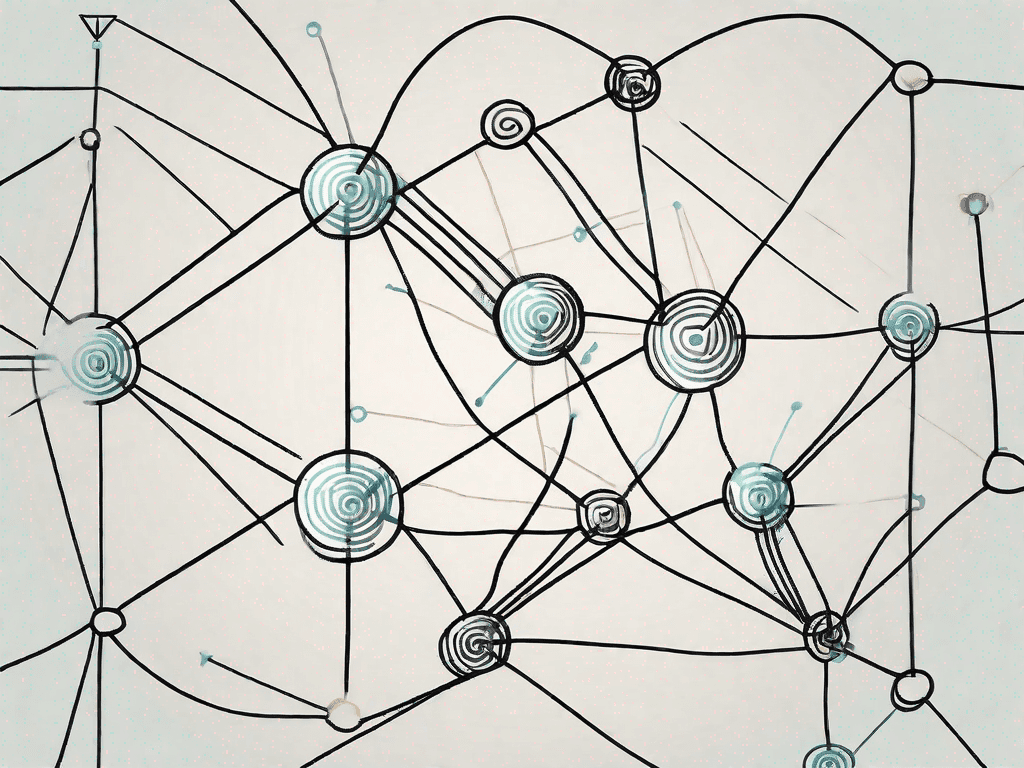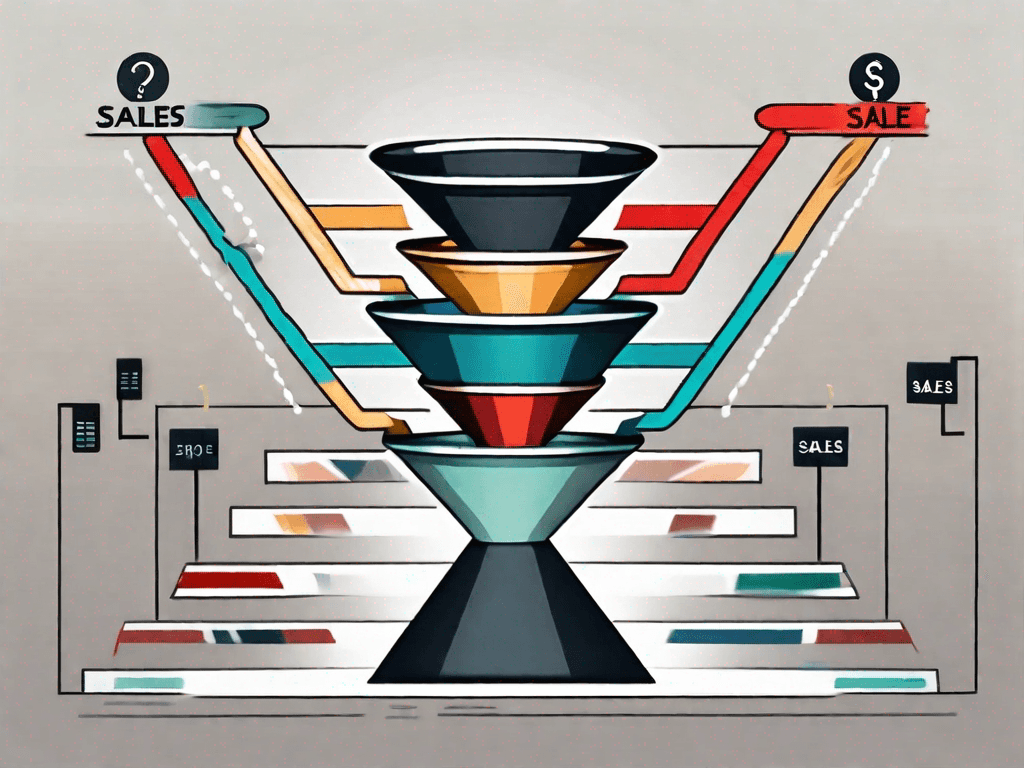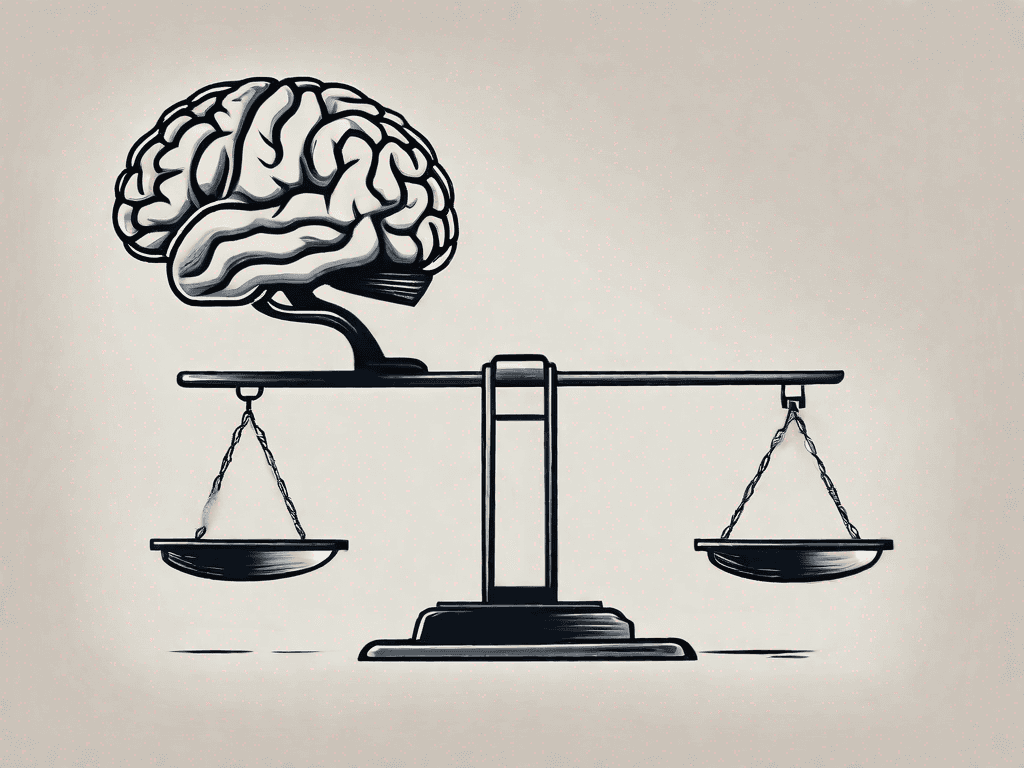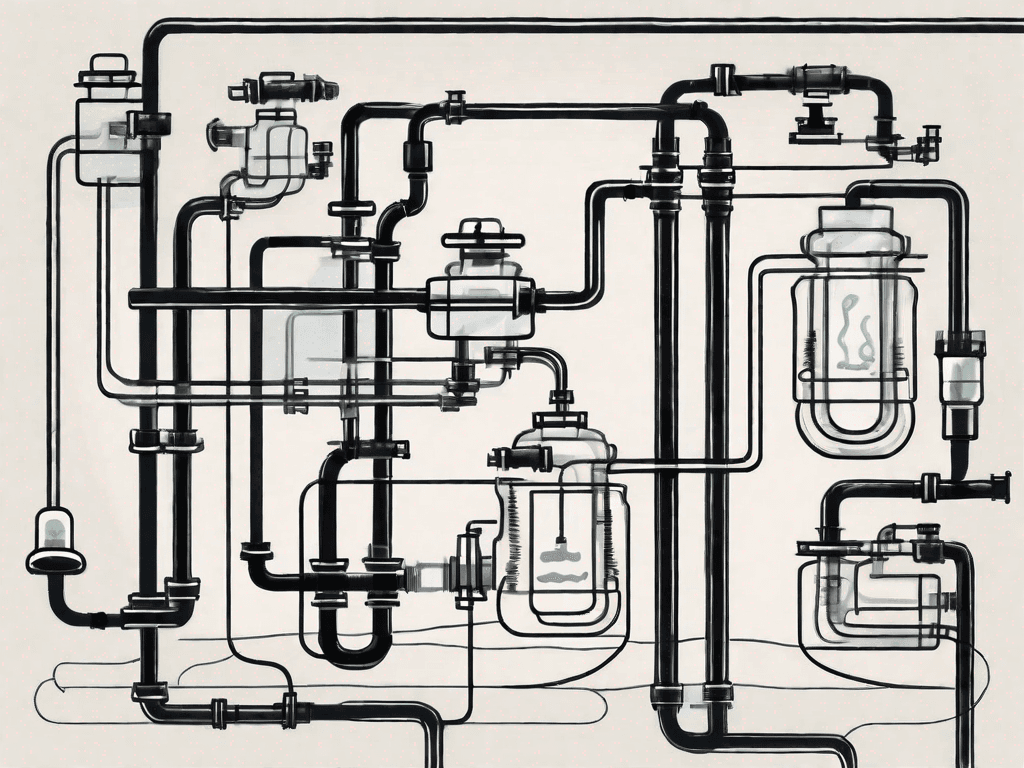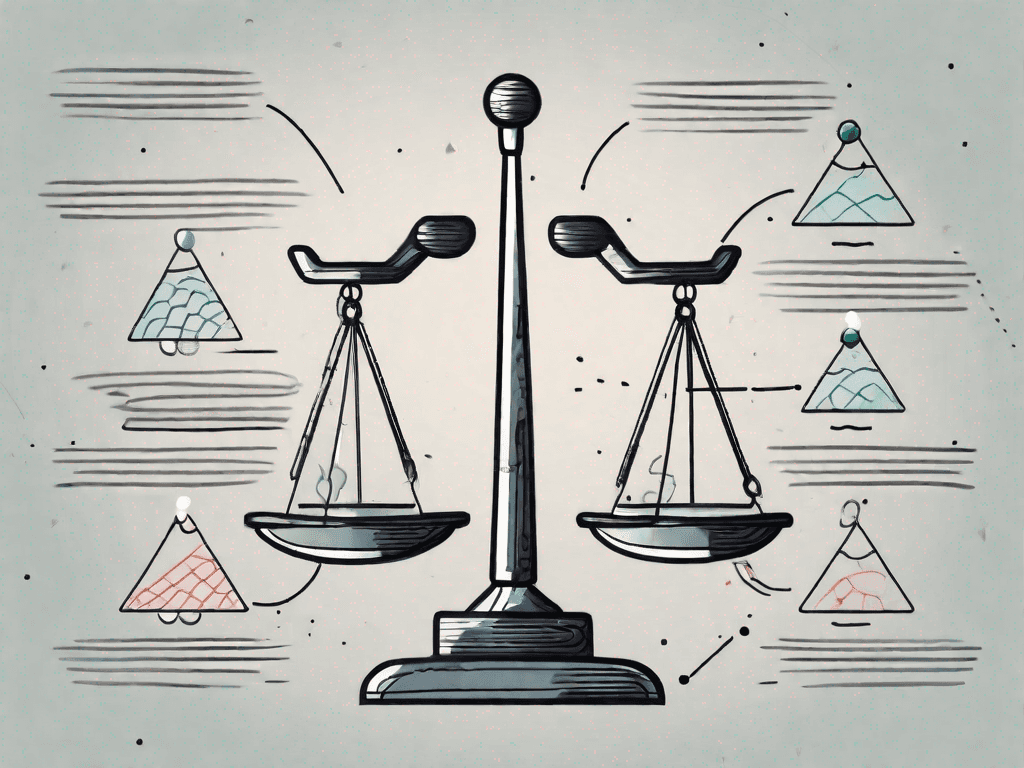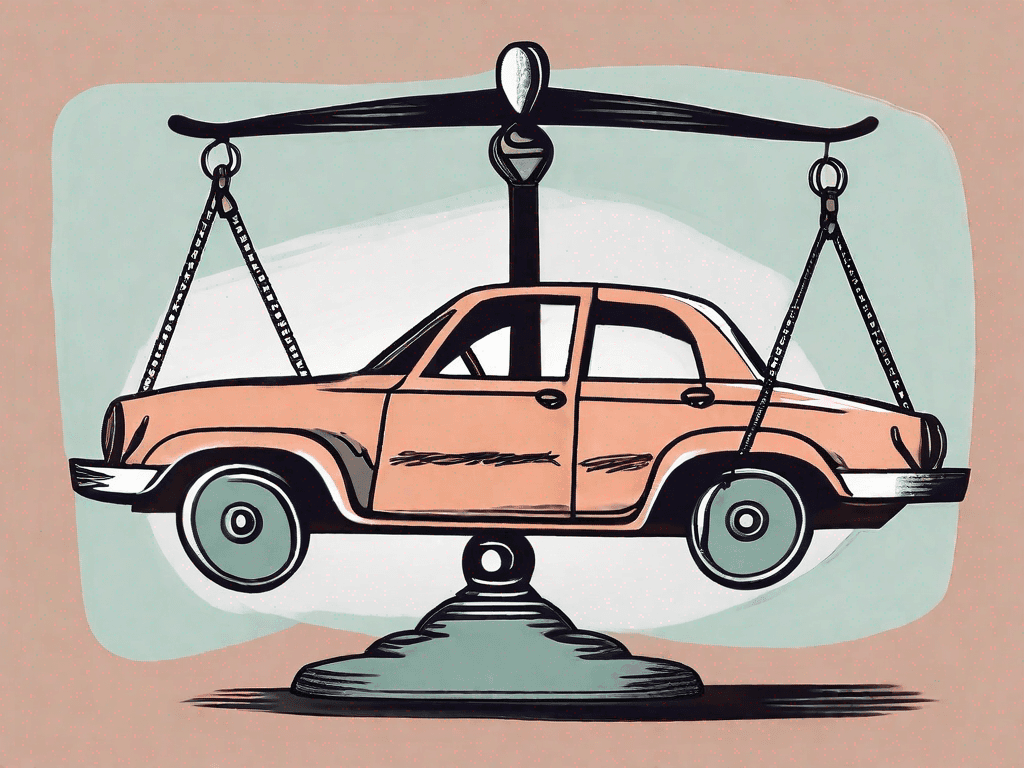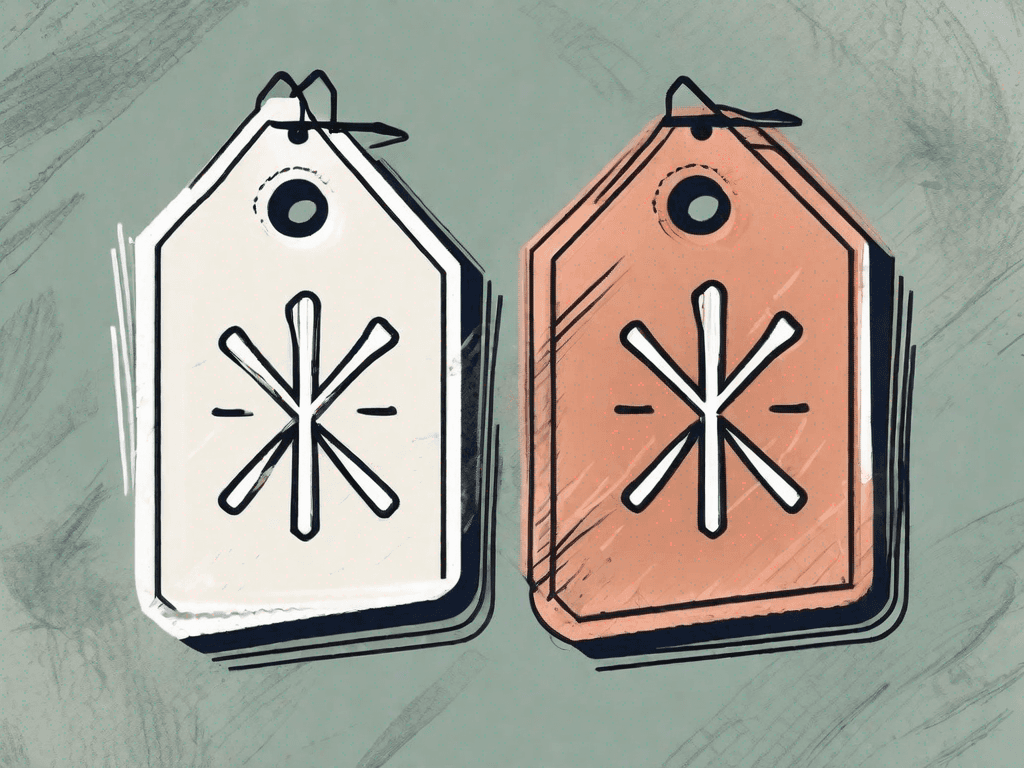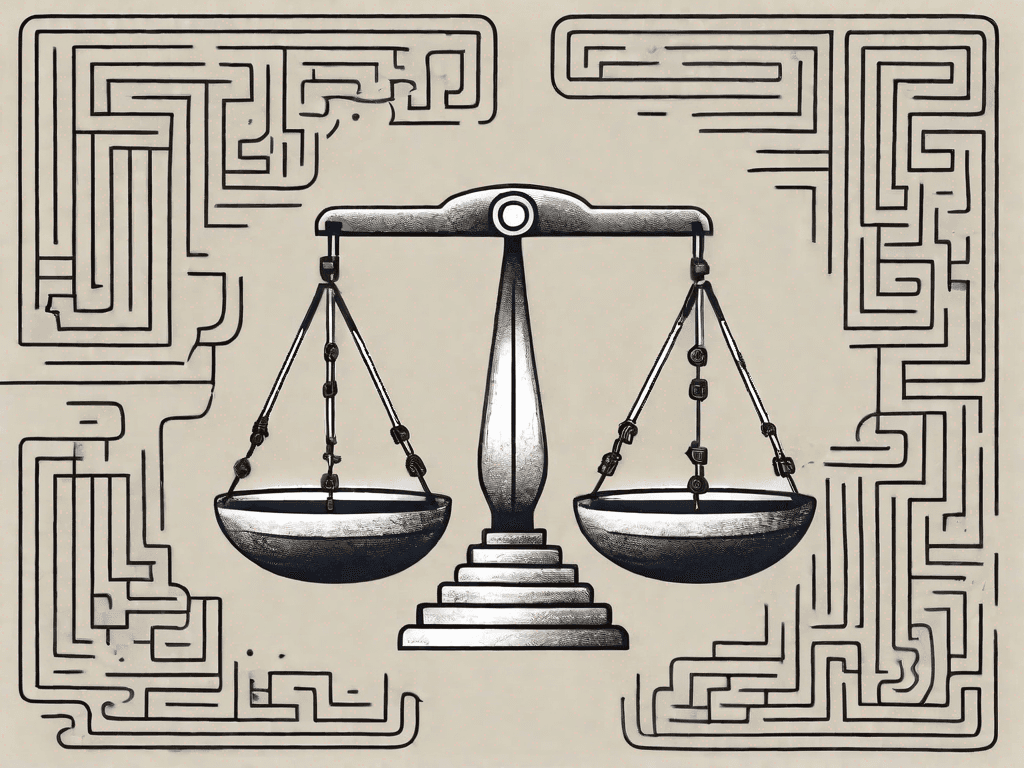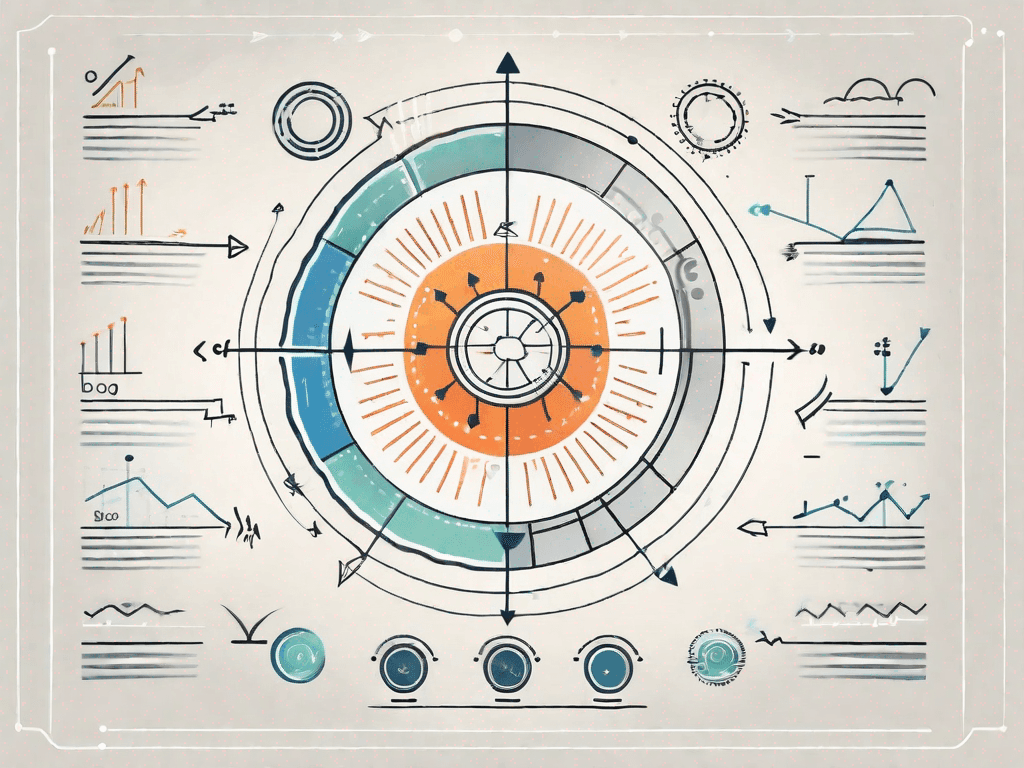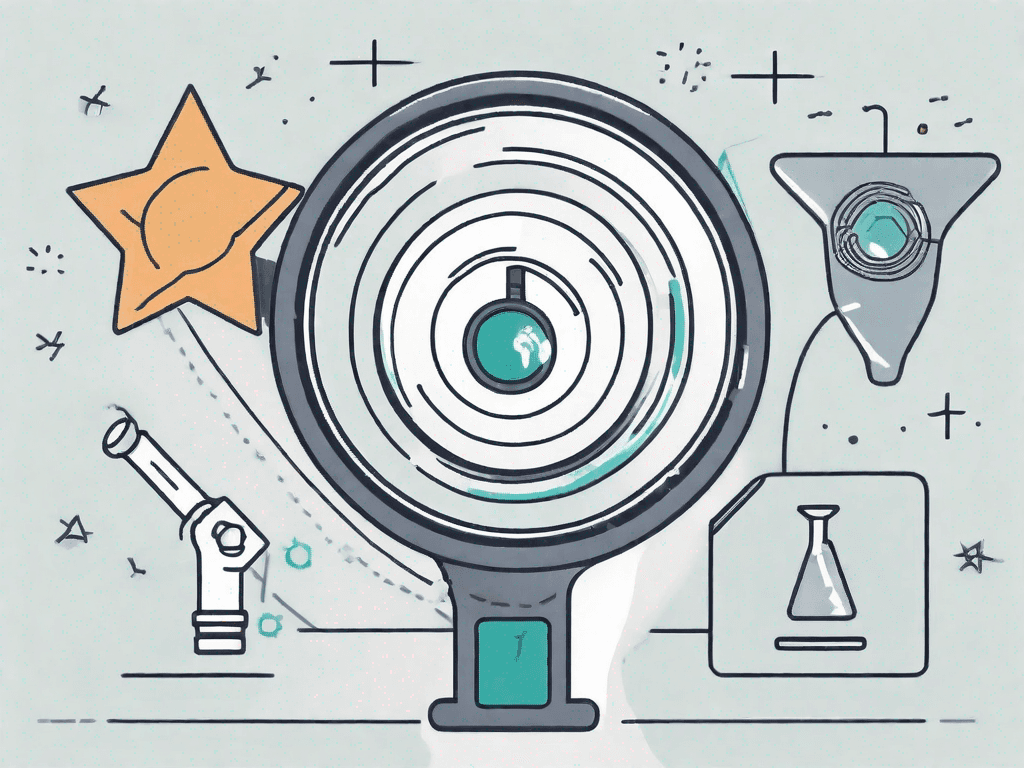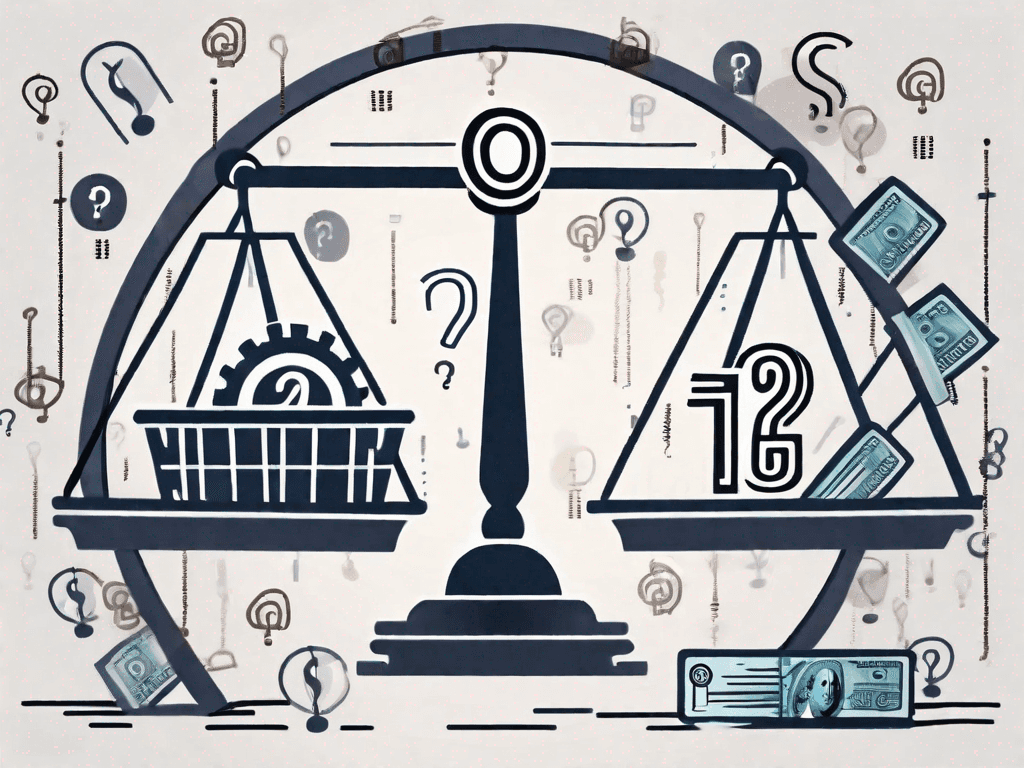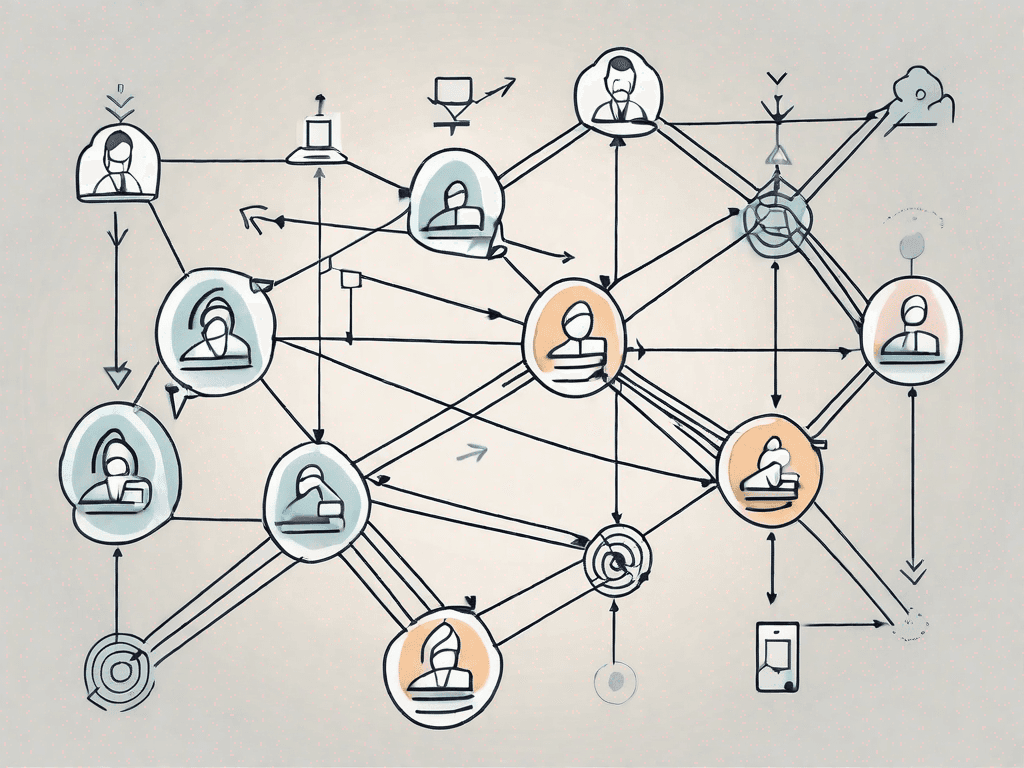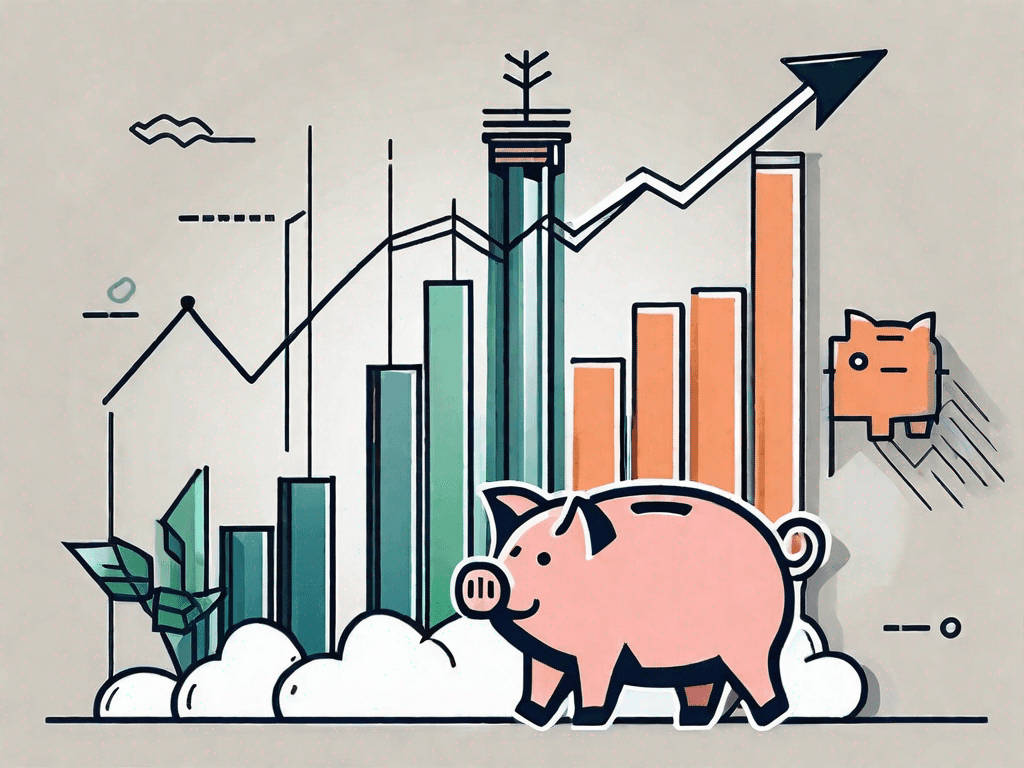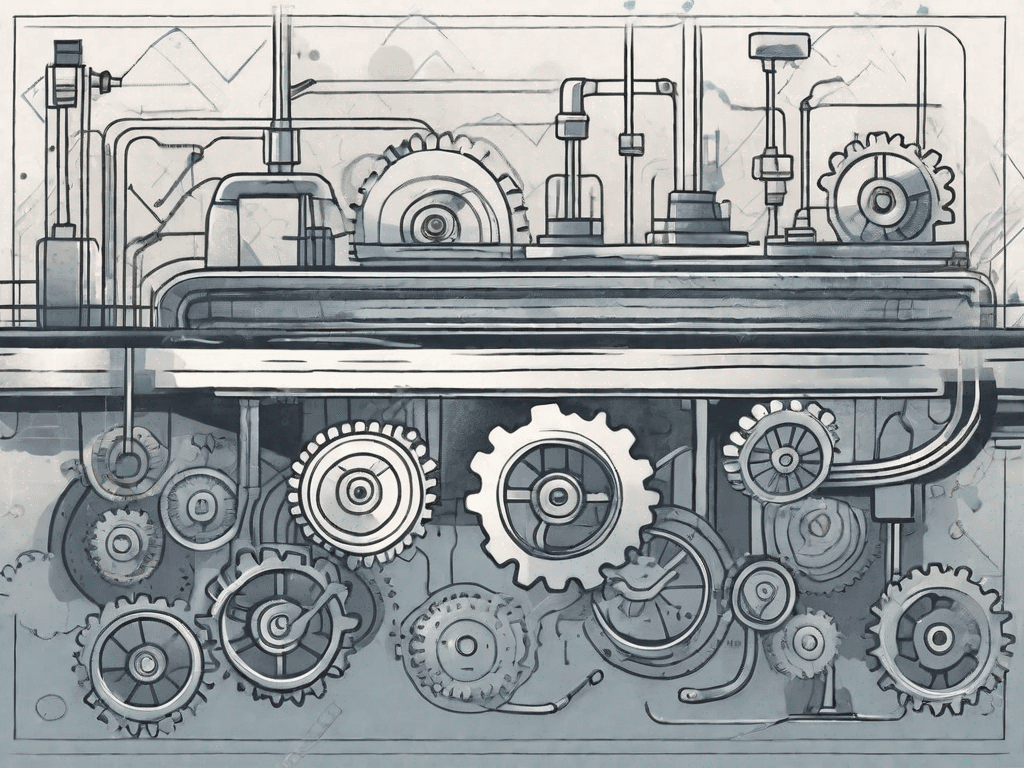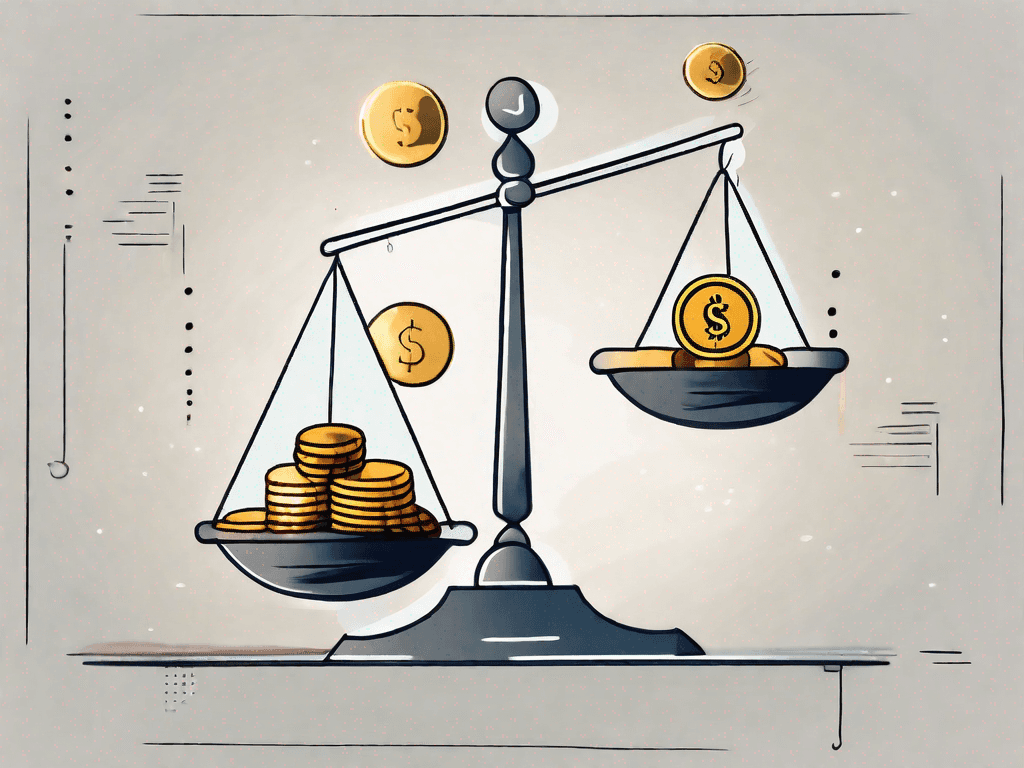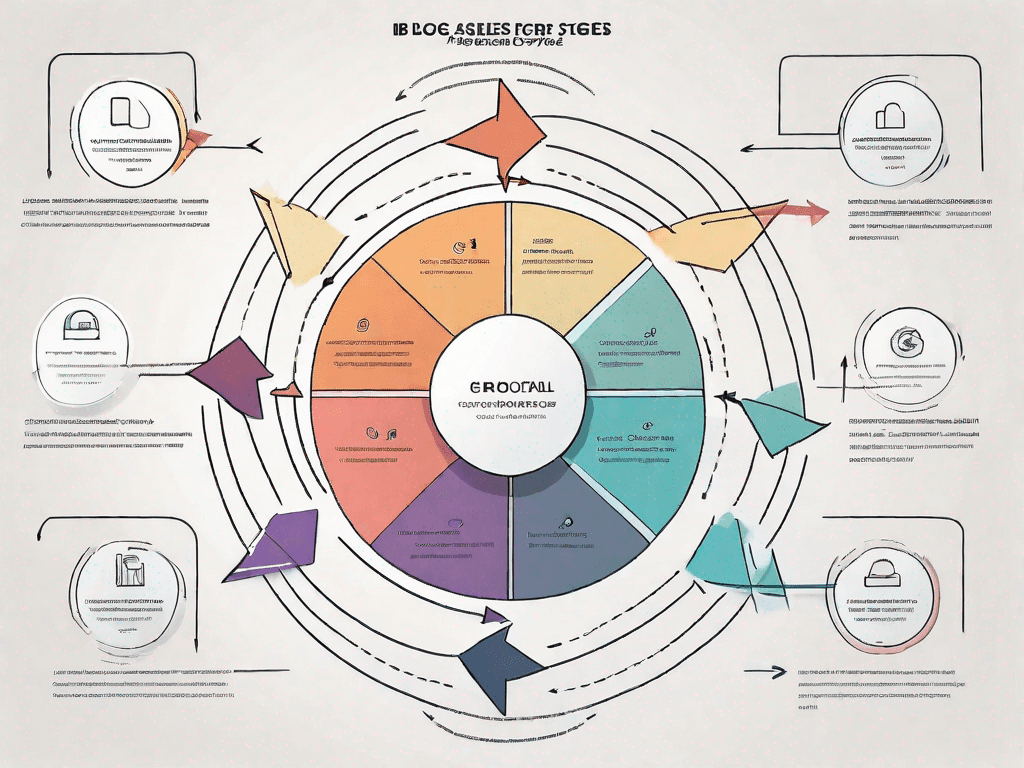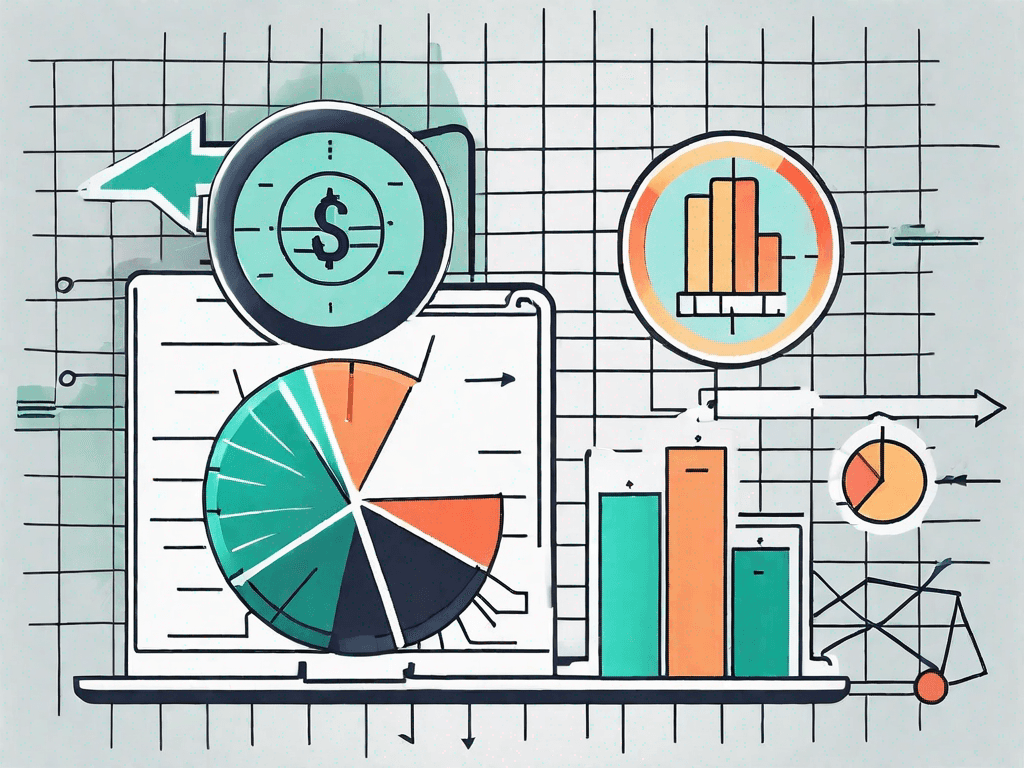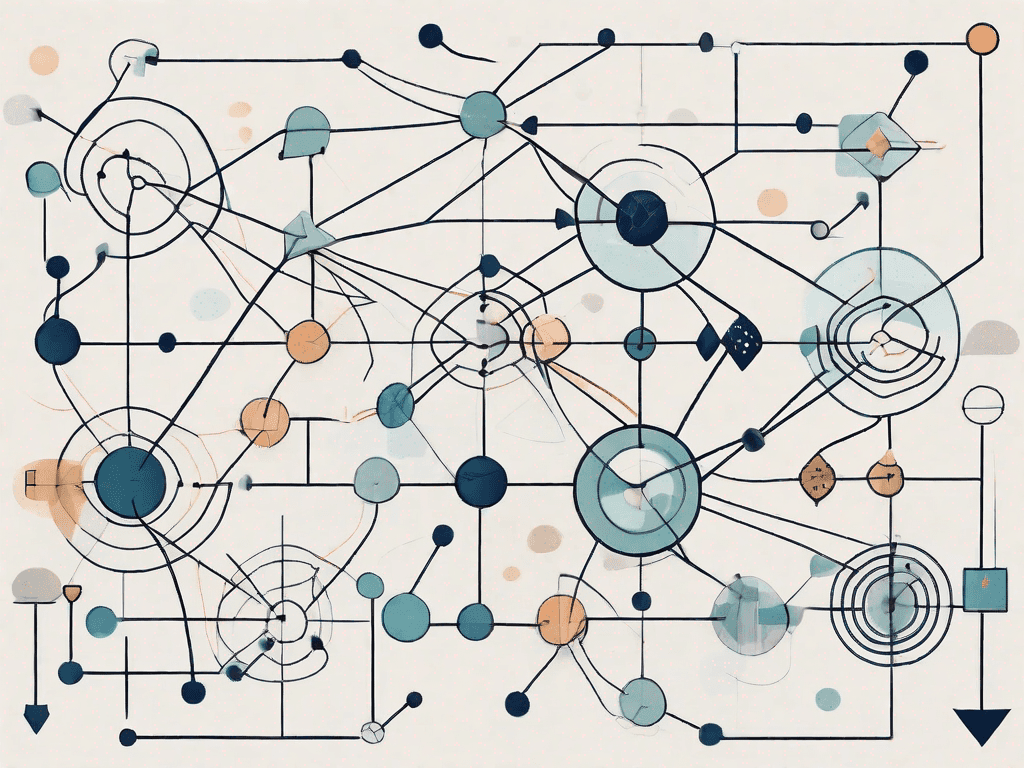
In this article, we will explore the concept of a Decision-Making Unit (DMU) in detail, including its definition, advantages, and disadvantages. Additionally, we will provide examples of DMUs in various contexts to enhance your understanding. Let's dive in!
1°) What is a Decision-Making Unit ?
1.1 - Definition of a Decision-Making Unit

A Decision-Making Unit, or DMU, refers to a group of individuals within an organization who collectively participate in the decision-making process. They are responsible for evaluating options, gathering information, and reaching a consensus on the best course of action.
When it comes to purchasing decisions, the DMU typically includes multiple stakeholders, such as managers, executives, influencers, and end-users. Each member brings their unique expertise and perspective to the table, contributing to the overall decision-making process.
1.2 - Advantages of a Decision-Making Unit

A DMU can be a boon for any business when deployed correctly. Here, we highlight what a DMU can bring to the table when the good times are rolling:
Diverse skills and knowledge: The DMU brings together a range of expertise, allowing for comprehensive analysis of options and reducing the risk of biases or blind spots in decision-making.
Collaboration and cross-functional communication: A DMU fosters cooperation across different departments and levels of hierarchy, promoting a holistic approach to decision-making that ensures alignment with the organization’s goals and objectives.
Collective intelligence: The DMU benefits from the unique experiences and perspectives of its members, leading to innovative and creative solutions that might not arise with a single decision-maker.
Risk mitigation: Involving multiple stakeholders in the decision-making process distributes responsibility and accountability, minimizing the impact of decisions on any single individual.
1.3 - Disadvantages of a Decision-Making Unit

Despite the numerous advantages, a DMU also comes with some drawbacks that organizations need to be aware of:
Time-consuming process: The decision-making process within a DMU can be slow, as reaching a consensus with multiple individuals involved may take longer, leading to delays in implementation. Conflicting opinions can further prolong the process.
Decision-making paralysis: The effort to satisfy all stakeholders and address concerns can result in compromises, leading to watered-down solutions that hinder innovation and bold decision-making.
Power struggles and conflicts: The presence of a DMU can lead to competing interests and priorities among stakeholders, potentially creating tension and hindering the decision-making process.
Management and coordination challenges: With more individuals involved, communication and coordination can become more complex, leading to inefficiencies and misunderstandings.
2°) Examples of a Decision-Making Unit

2.1 - Example in a Startup Context
Let's consider a startup investing in new marketing automation software. The DMU might include the CEO, CMO, IT manager, and a sales department representative. Each member brings their expertise to evaluate factors like cost, scalability, and compatibility with existing systems.
The CEO focuses on long-term cost-effectiveness.
The IT manager prioritizes integration capabilities.
The CMO looks at streamlining campaigns and generating leads.
Through collaboration, the DMU will analyze solutions and choose the most suitable one for the company's needs.
Additionally, the DMU will assess how the software aligns with the company's goals, its potential to enhance customer engagement, and its ability to drive revenue growth.

2.2 - Example in a Consulting Context
In a consulting firm, a DMU could be involved in selecting a new project management tool. The DMU might include partners, project managers, and IT specialists, each evaluating factors like ease of use, project tracking, and integration with existing systems.
The decision-making process would involve demos, trial periods, and discussions to ensure the tool aligns with the firm’s objectives and improves project efficiency and client satisfaction.
Additionally, the DMU would consider how the tool impacts internal processes, communication, and client deliverables, ensuring it enhances team collaboration and contributes to client retention.
2.3 - Example in a Digital Marketing Agency Context
In a digital marketing agency, a DMU might be looking to implement a new CRM software. The DMU could include the CEO, marketing manager, sales manager, and data analyst, each assessing features like lead management, data analytics, and integration capabilities.
The DMU would evaluate the cost, scalability, and ease of implementation of each CRM option to make an informed decision that best suits the agency's needs.
Additionally, the DMU would consider how the CRM software impacts client relationships, lead generation, customer segmentation, and personalized marketing, ultimately driving client satisfaction and business growth.

2.4 - Example with Analogies
To illustrate the concept further, let's use a real-life example most people can relate to. Imagine a group of friends planning a vacation. The DMU would consist of all the friends involved in the decision-making process.
Each friend would contribute their preferences, budget considerations, and destination options. Through discussions and research, the DMU would collectively decide on the ideal vacation spot, accommodation, and activities that meet the group's shared interests.
3°) Conclusion
In conclusion, a DMU comprises a group of individuals responsible for making decisions within an organization. Despite potential drawbacks, the advantages of a DMU — such as diverse perspectives, collaboration, and risk mitigation — outweigh the disadvantages.
Examples in startup, consulting, digital marketing, and everyday life contexts demonstrate the applicability of DMUs across different domains. By understanding the role and dynamics of a DMU, organizations can enhance their decision-making processes and drive success.




